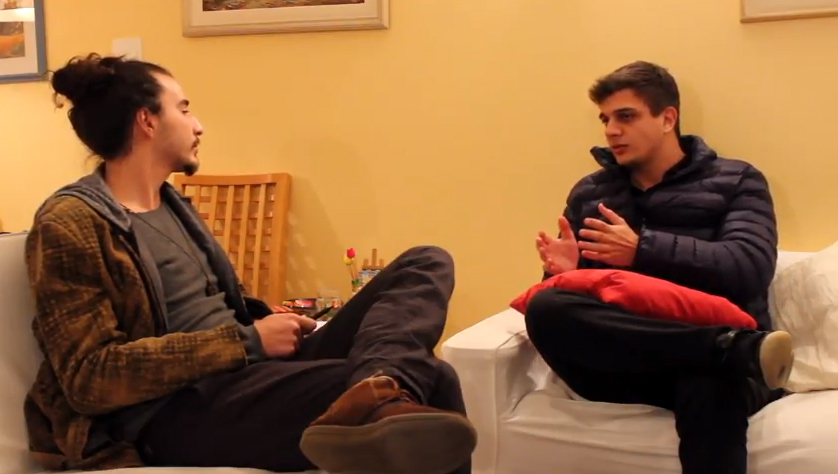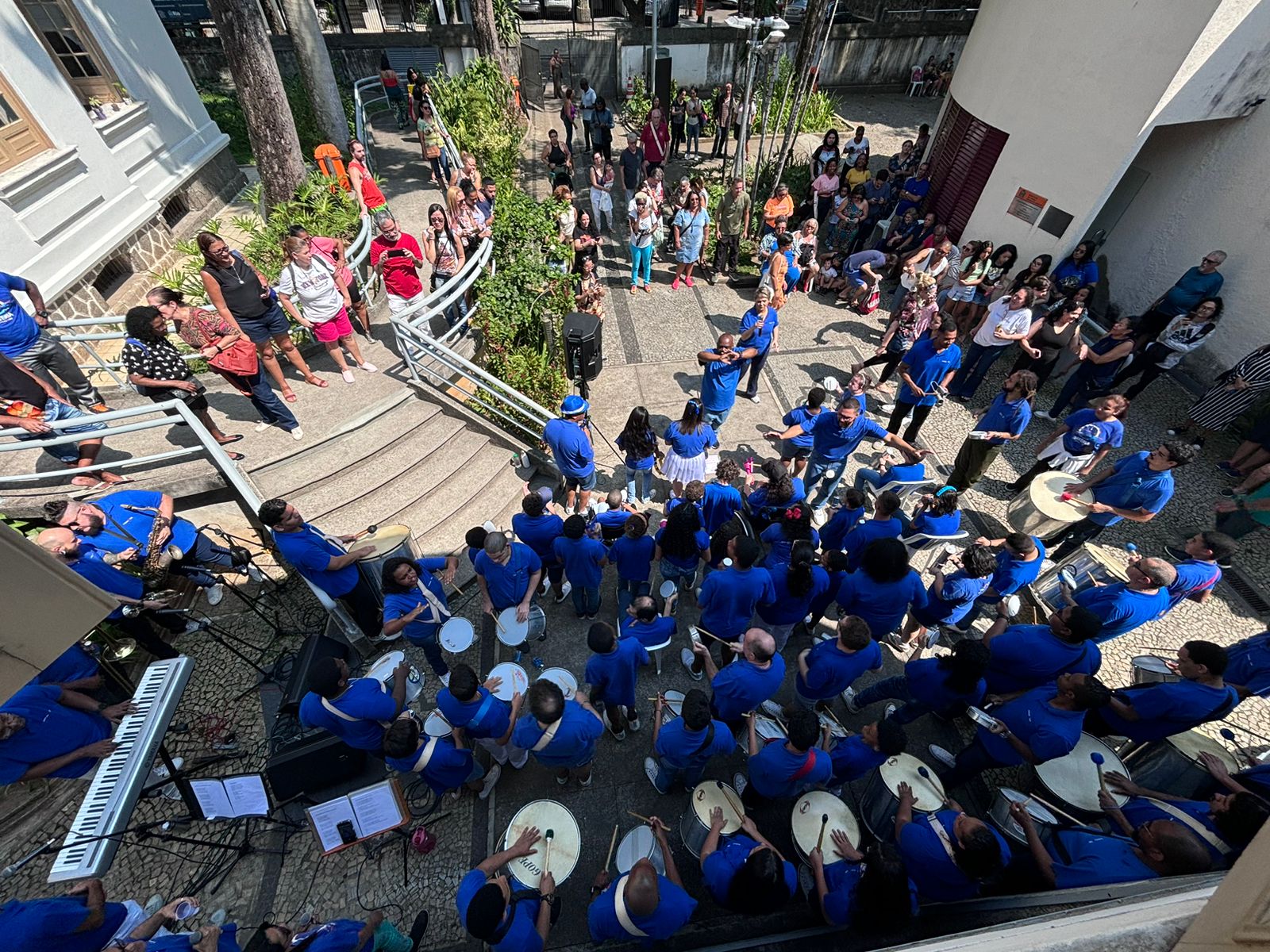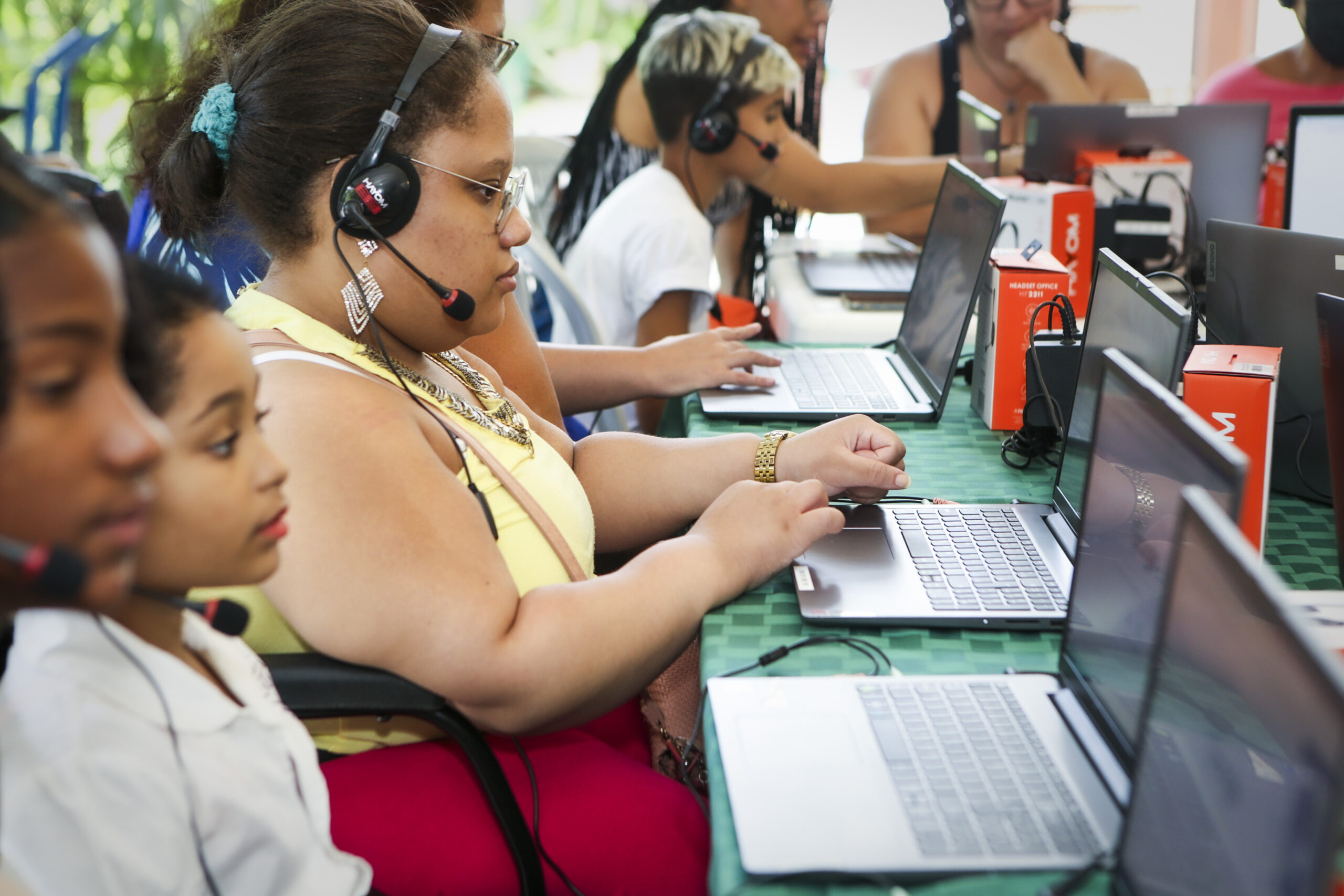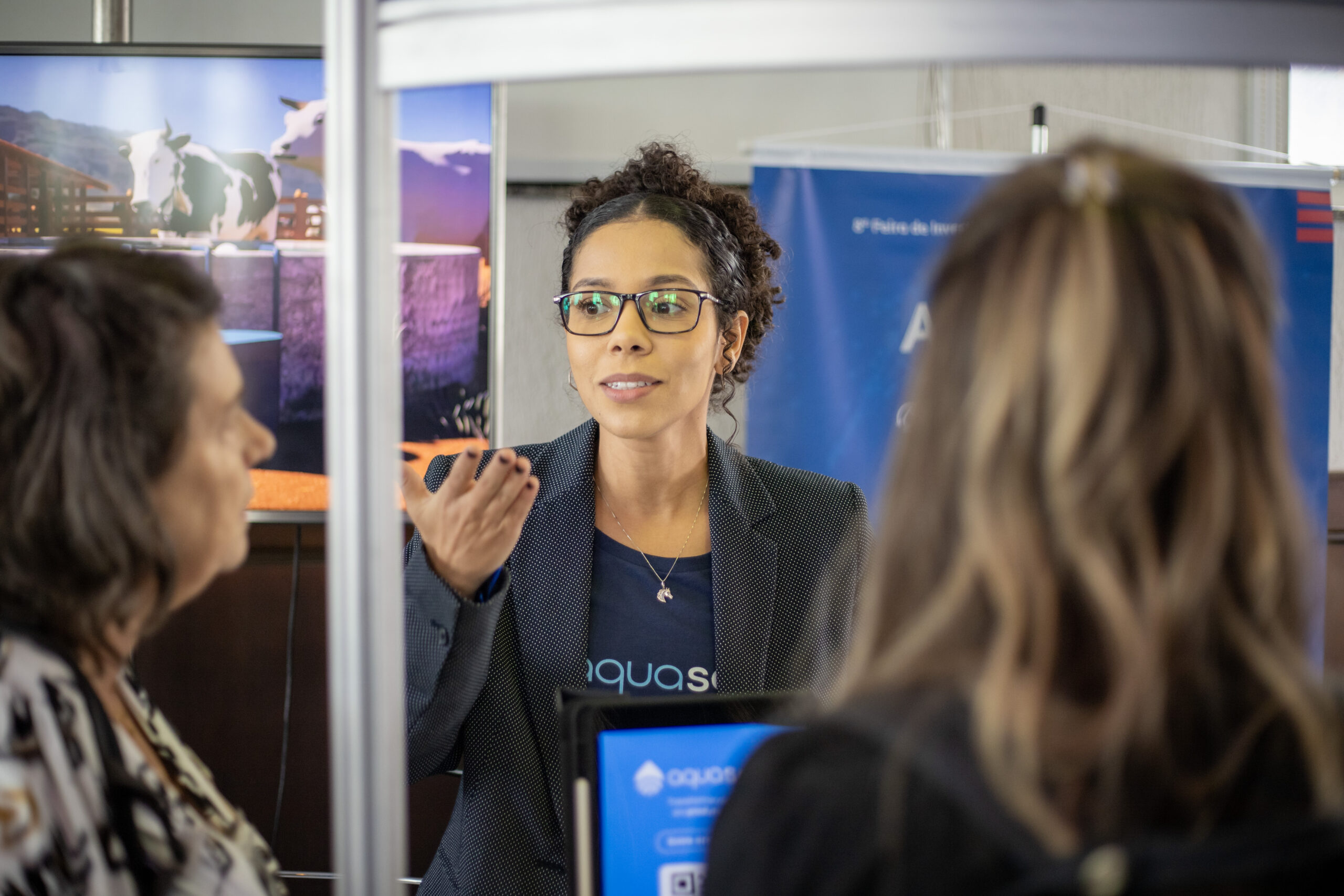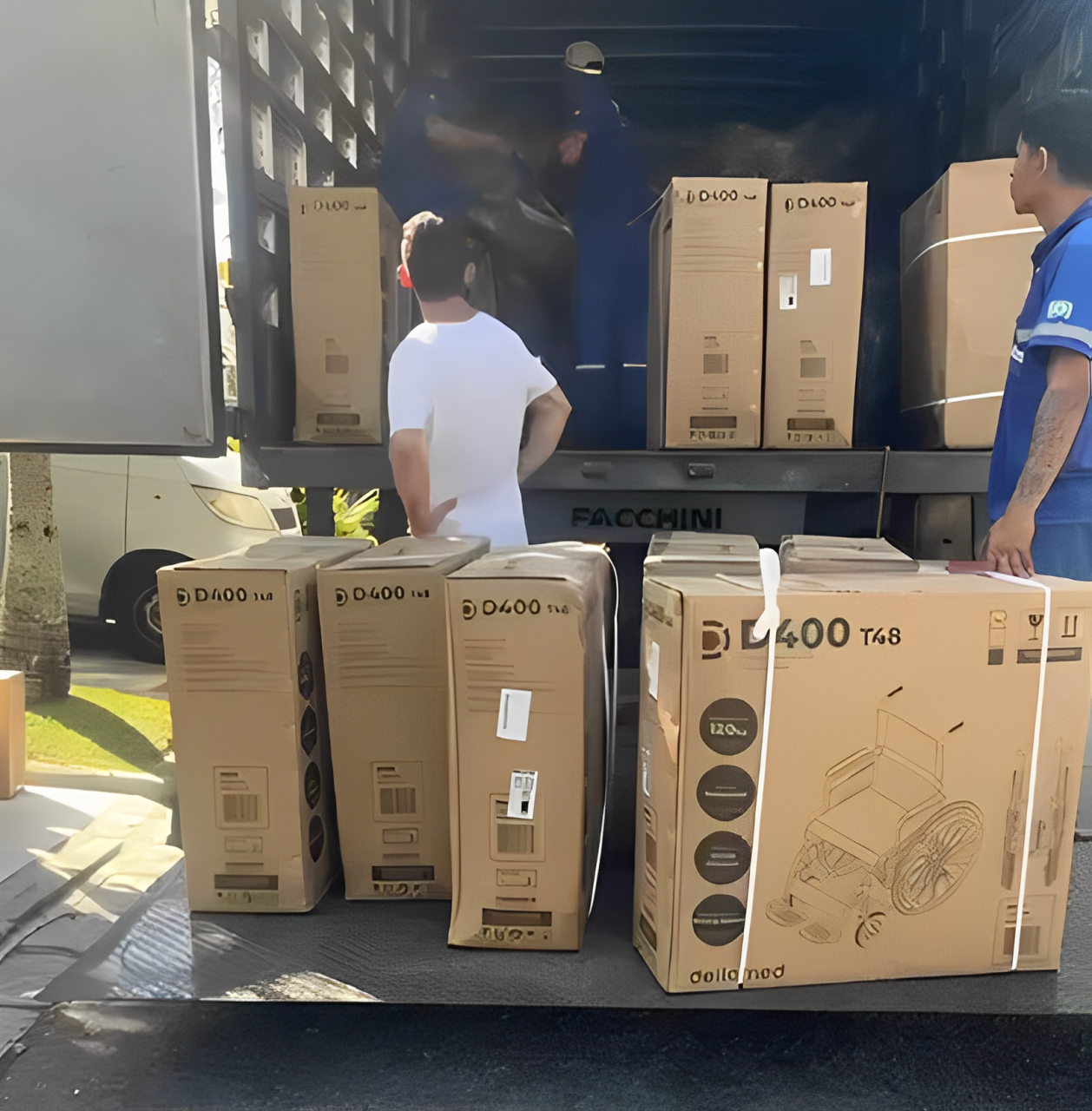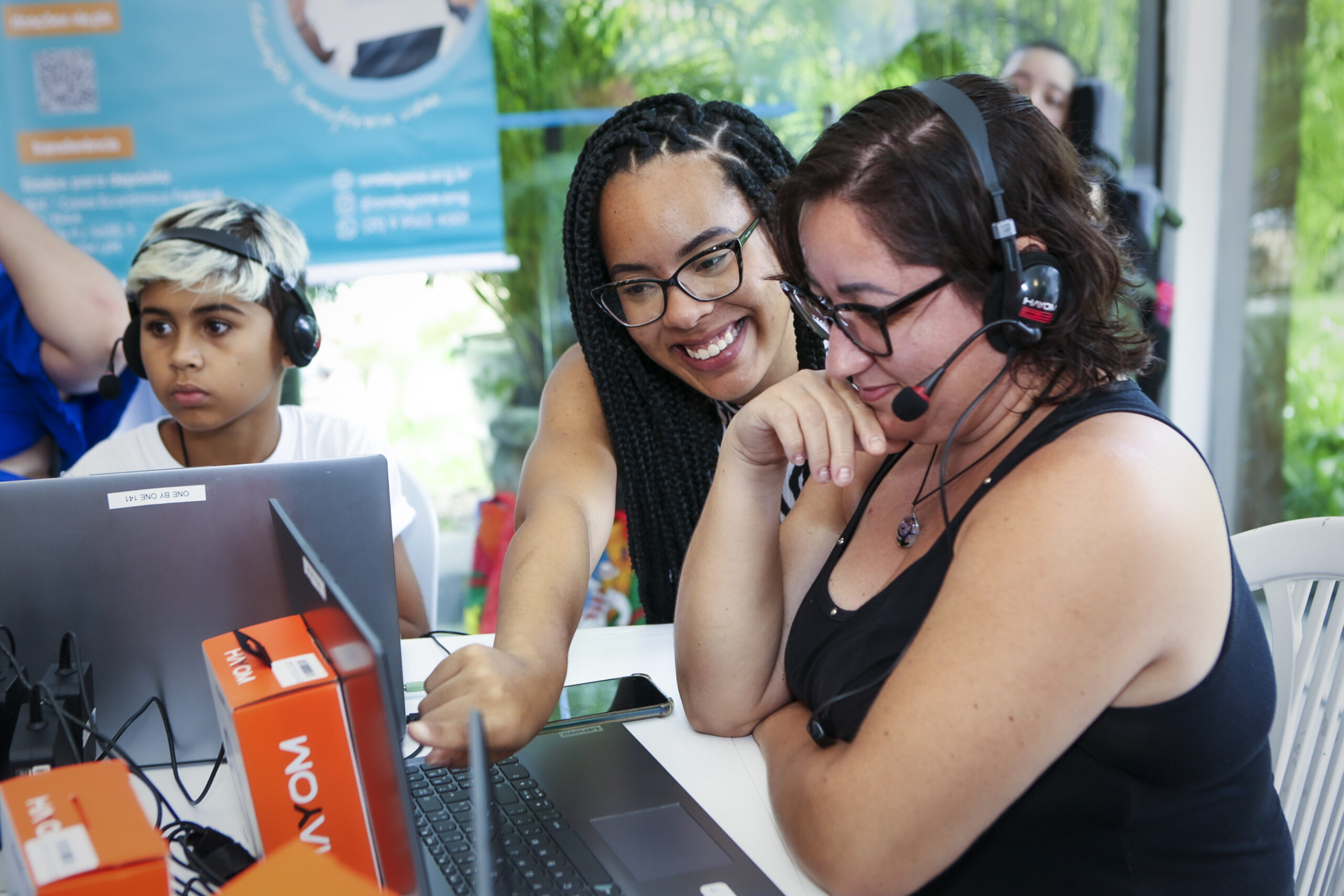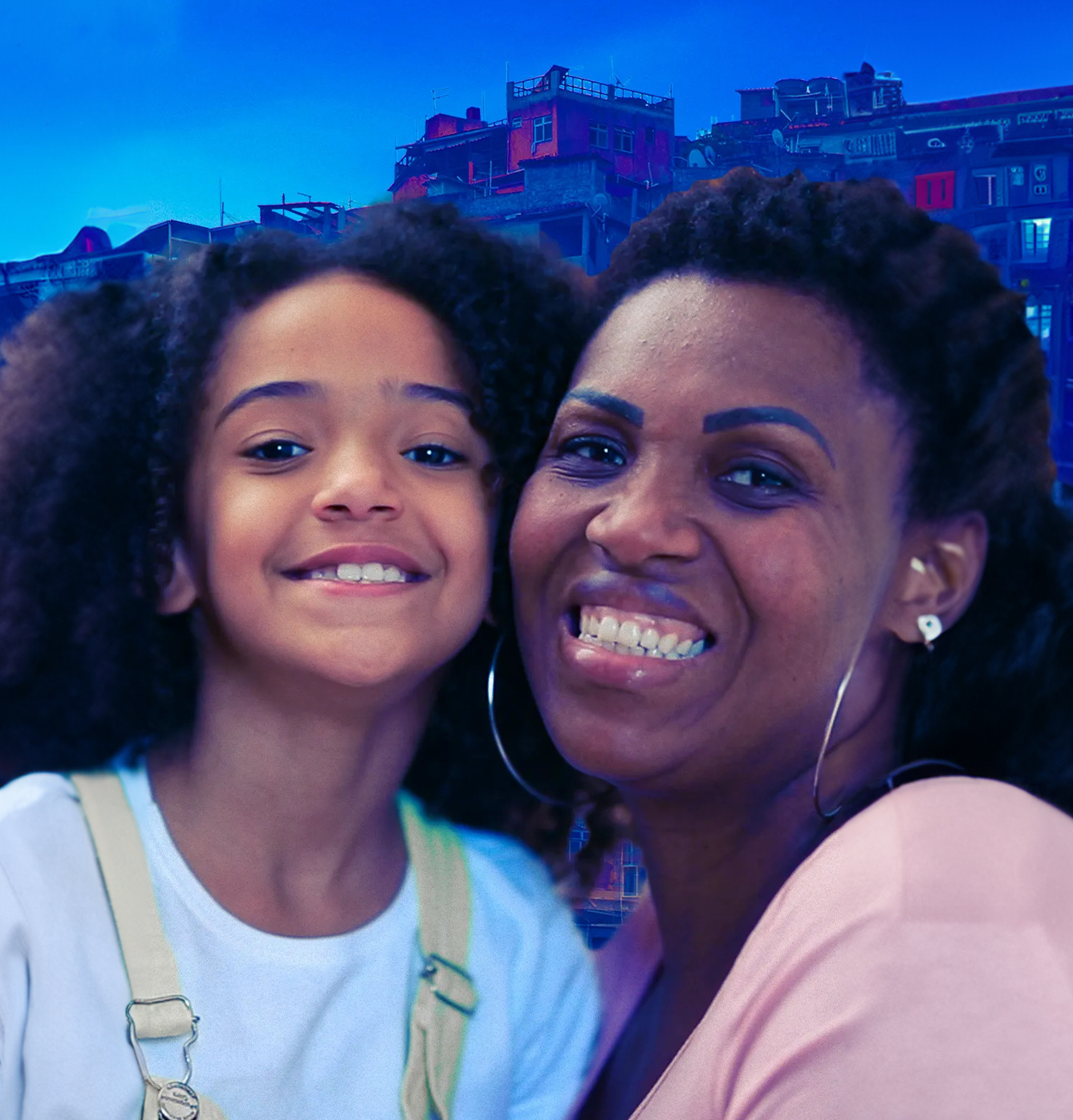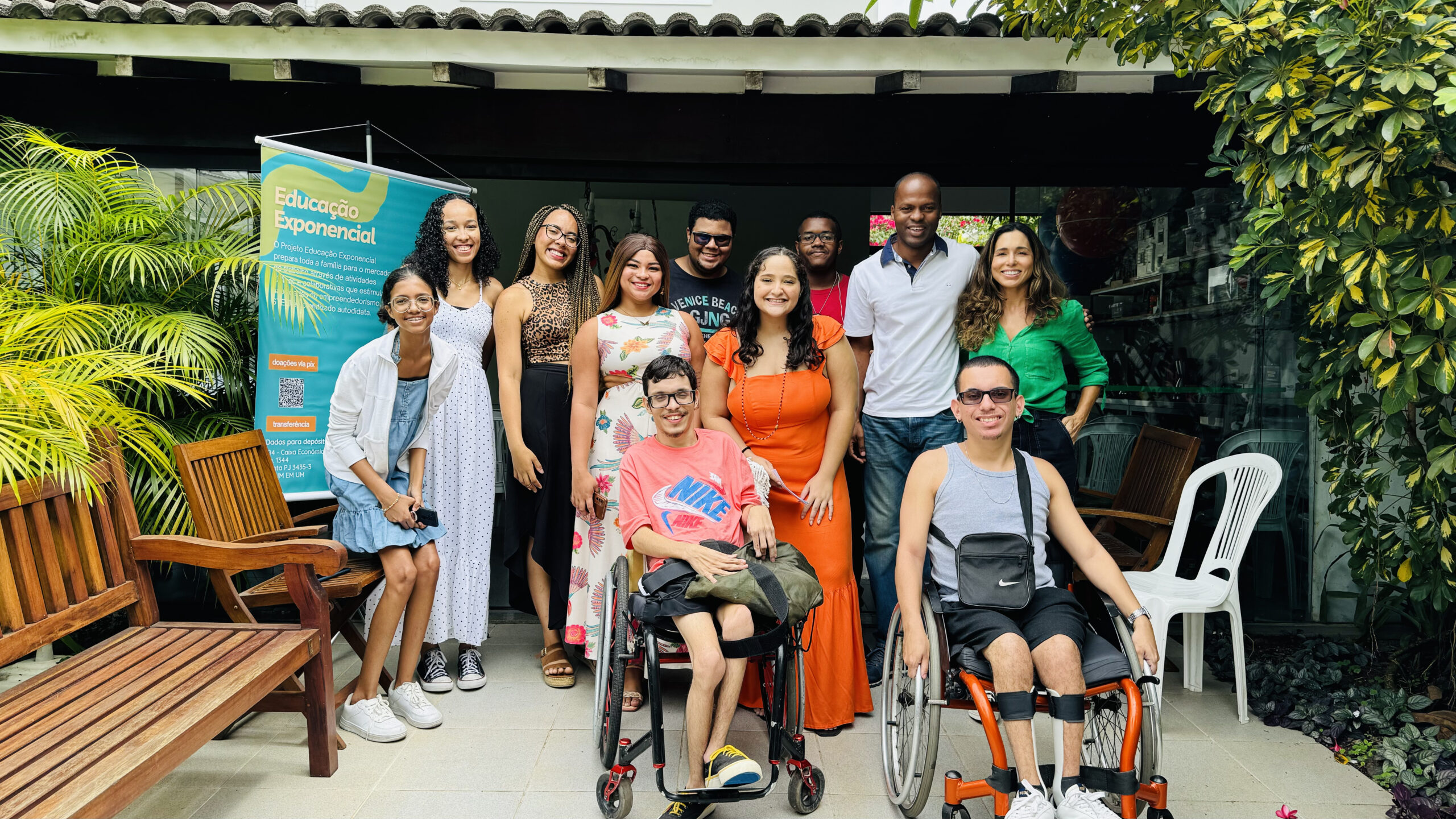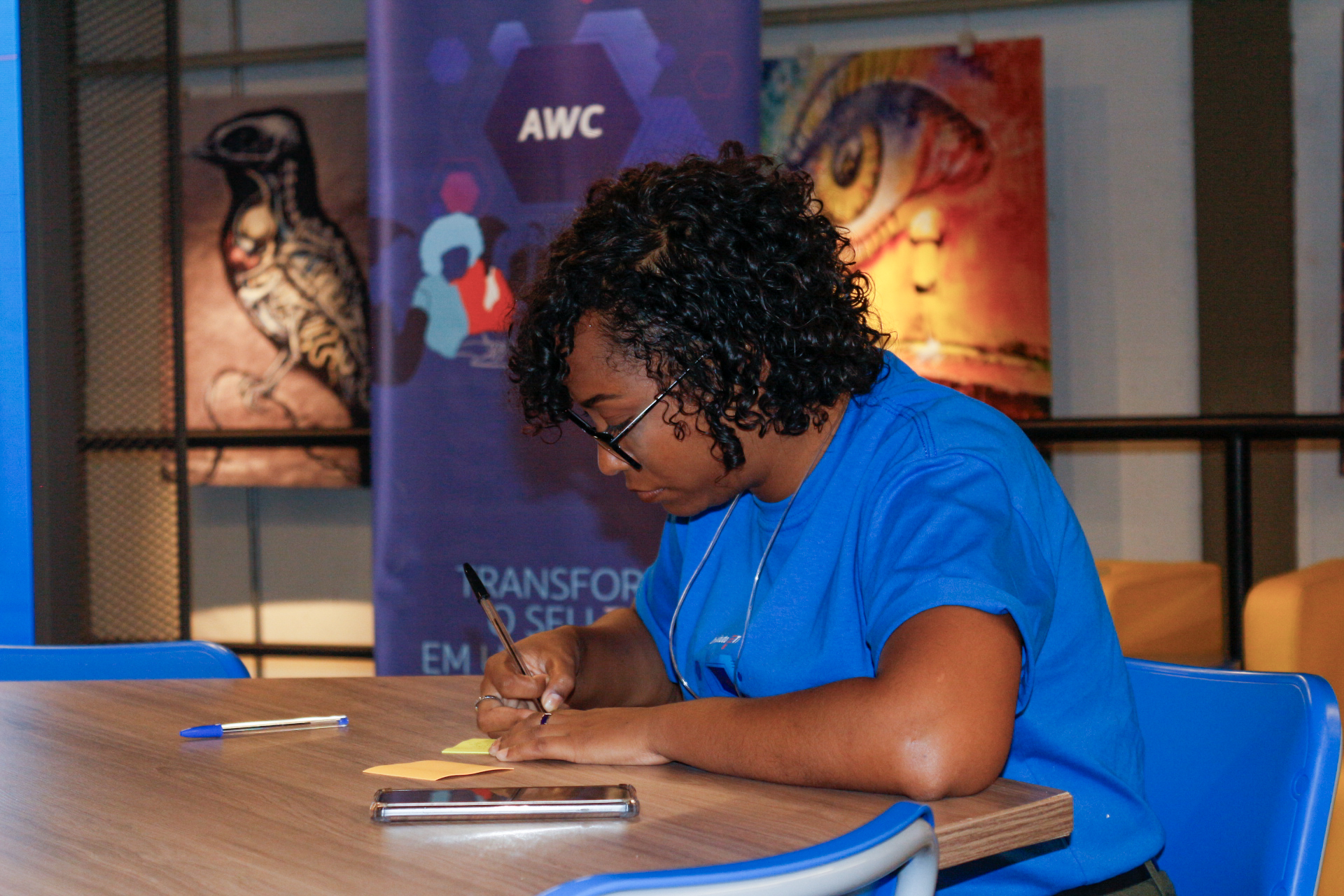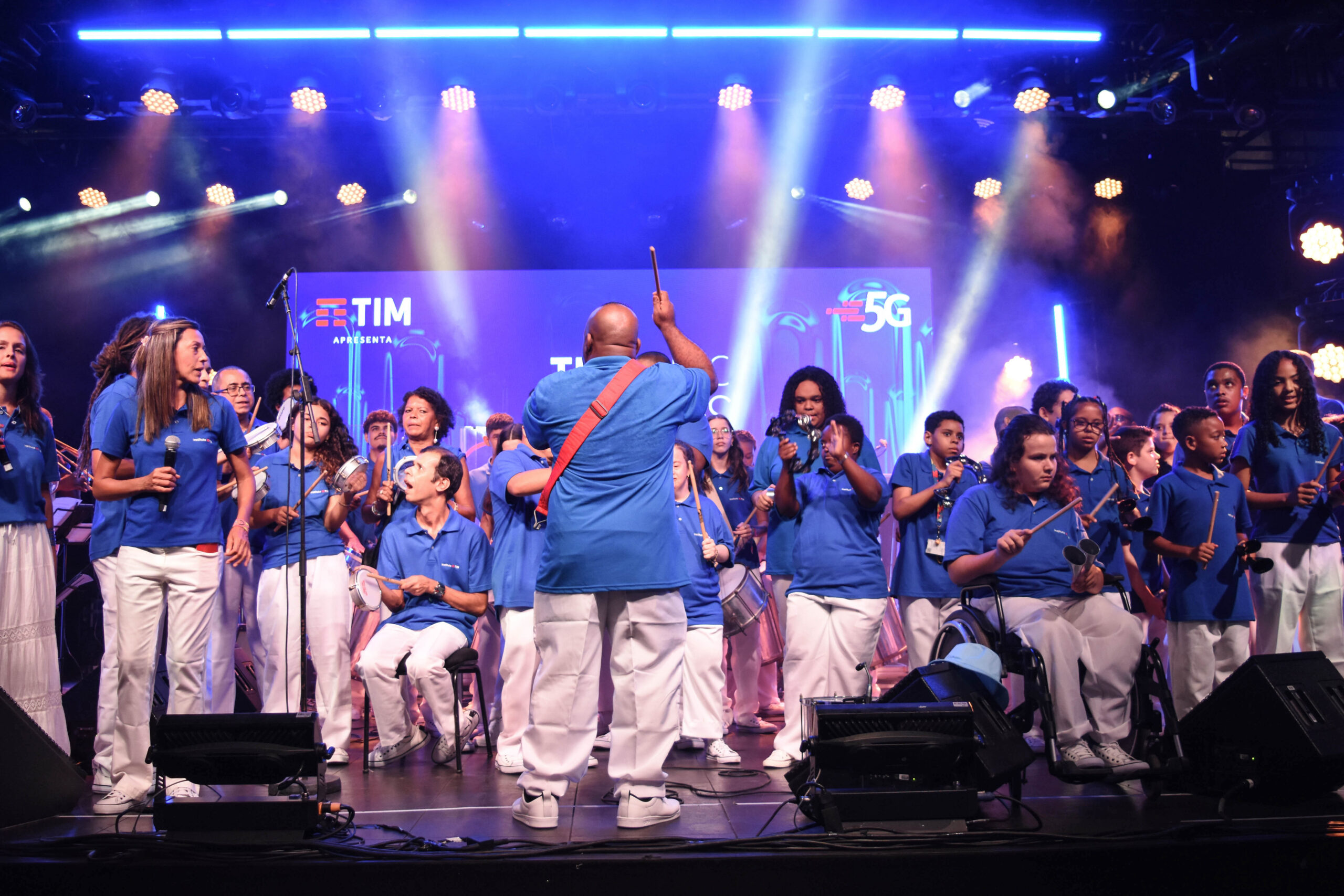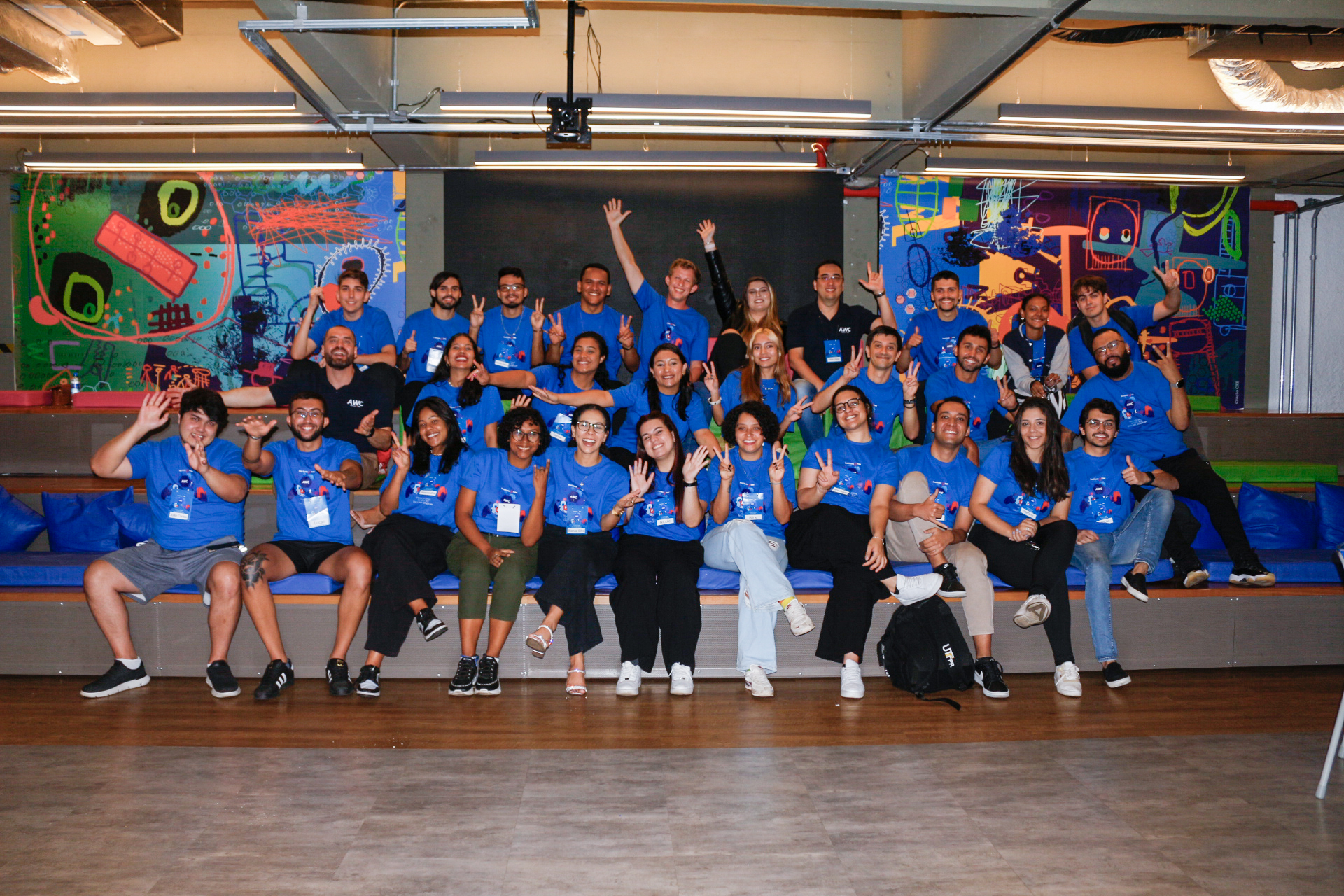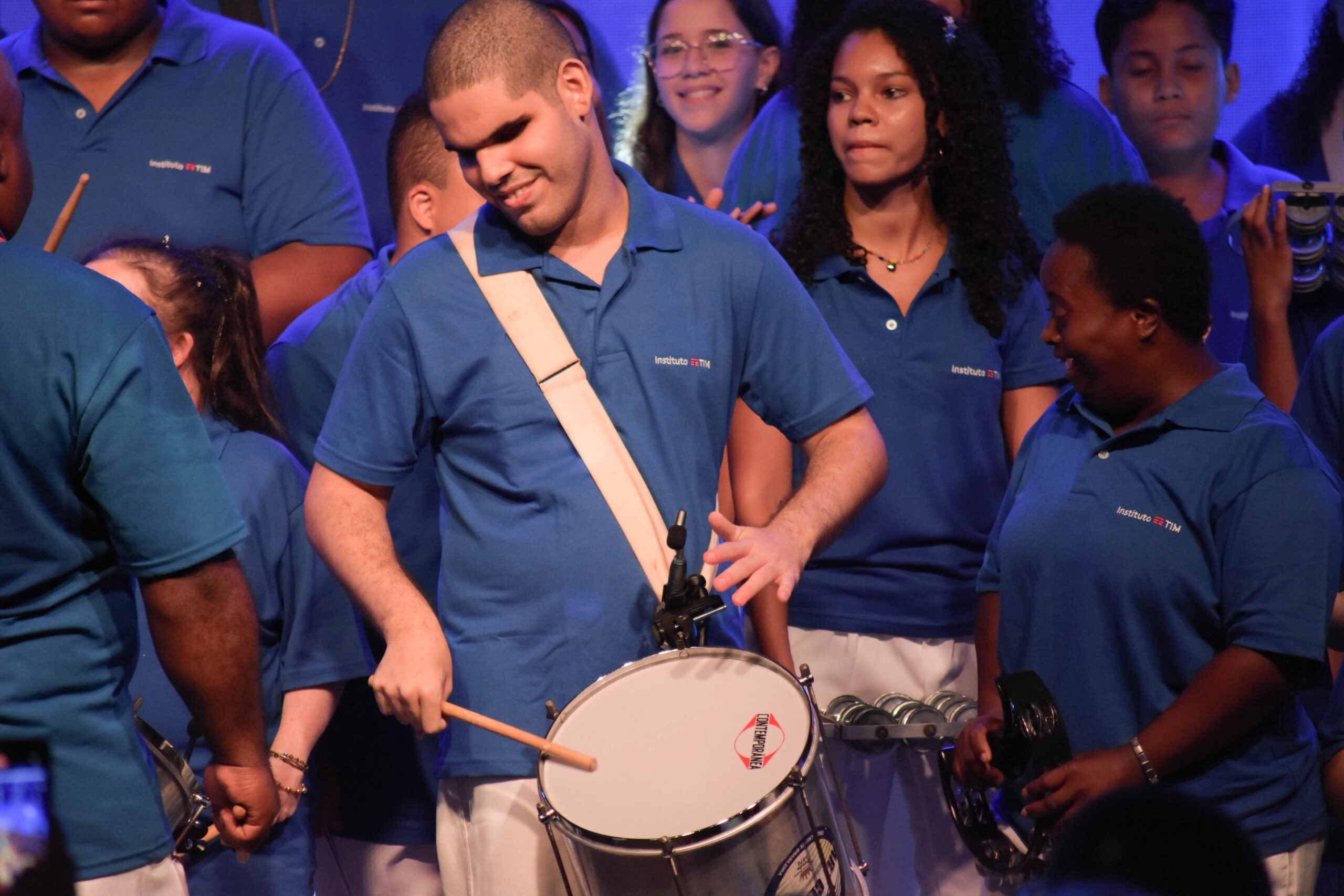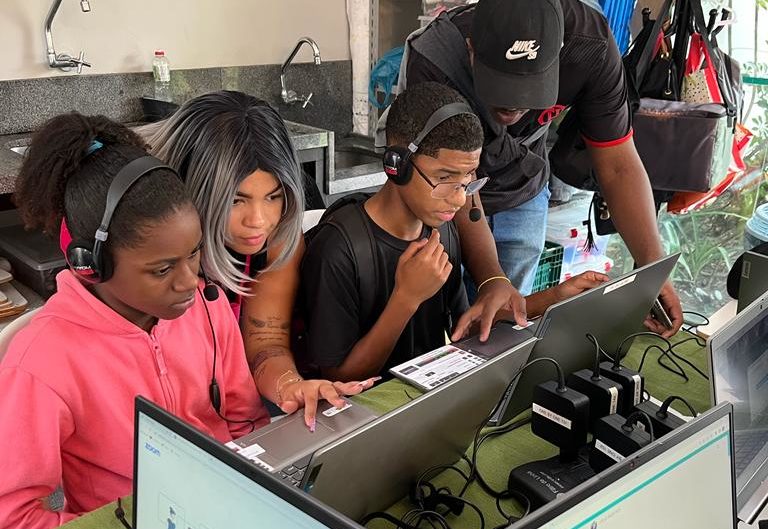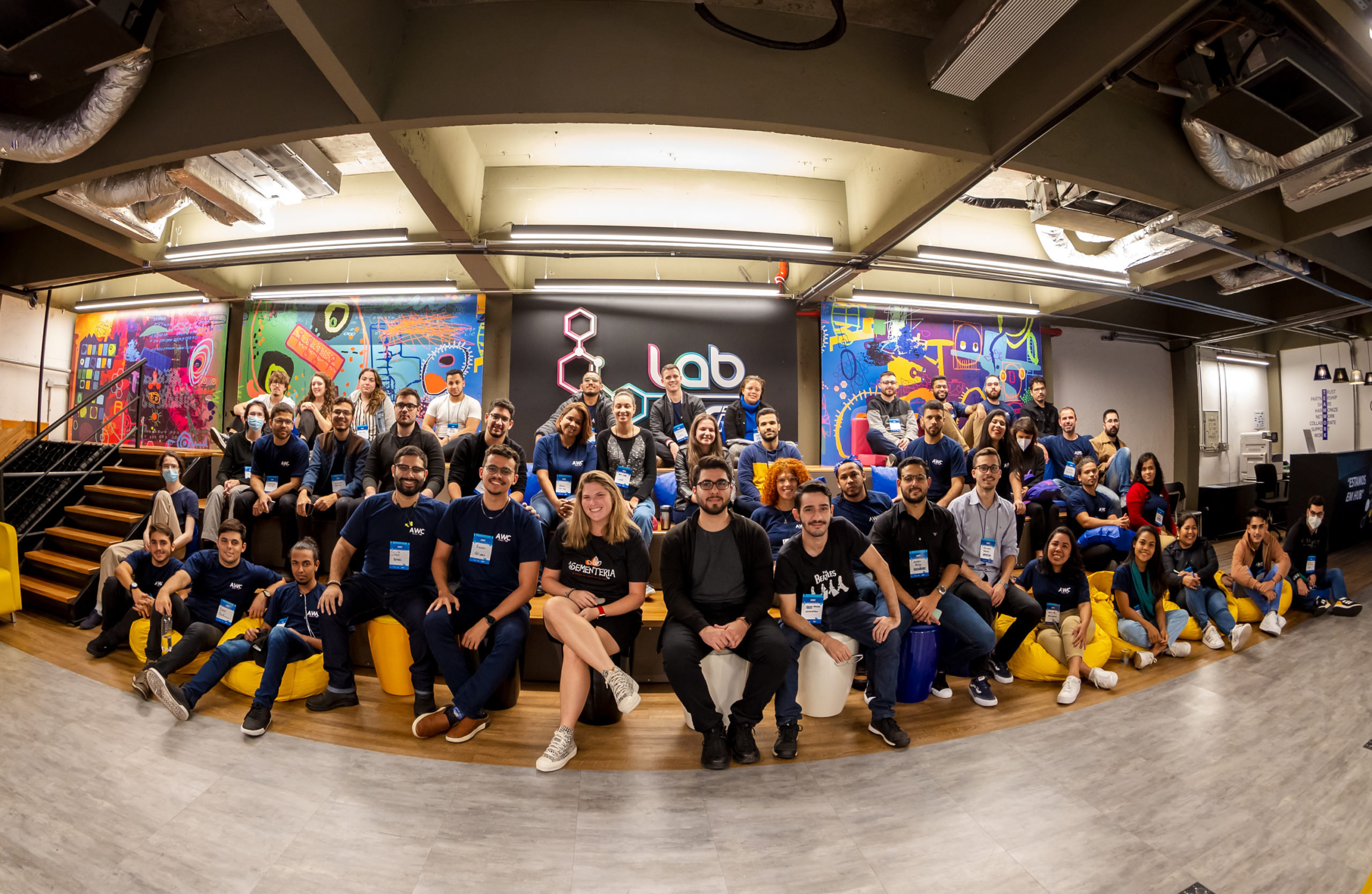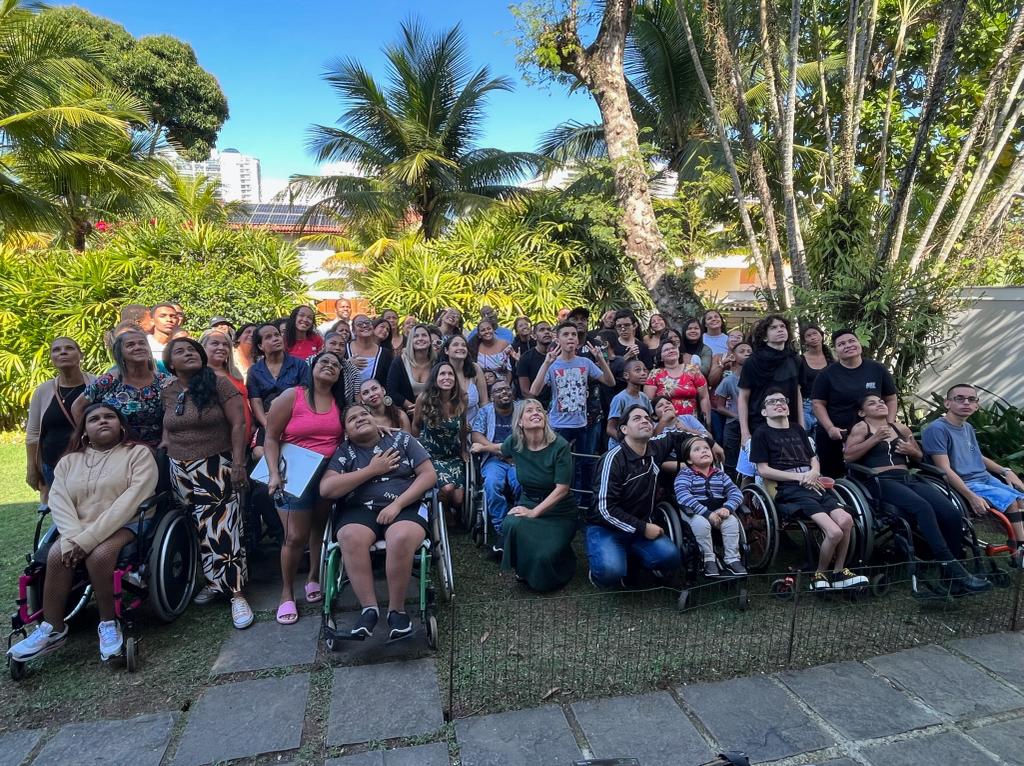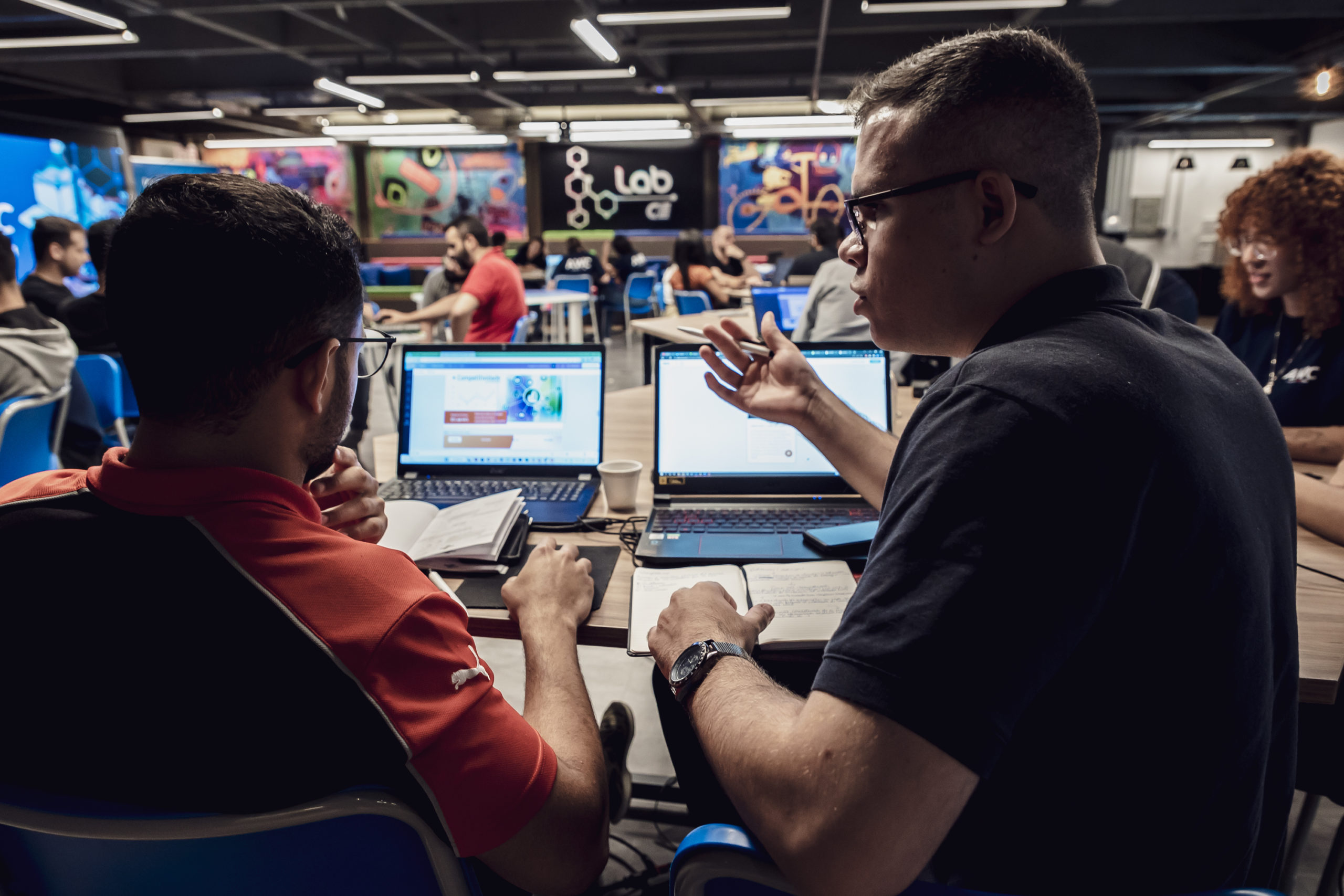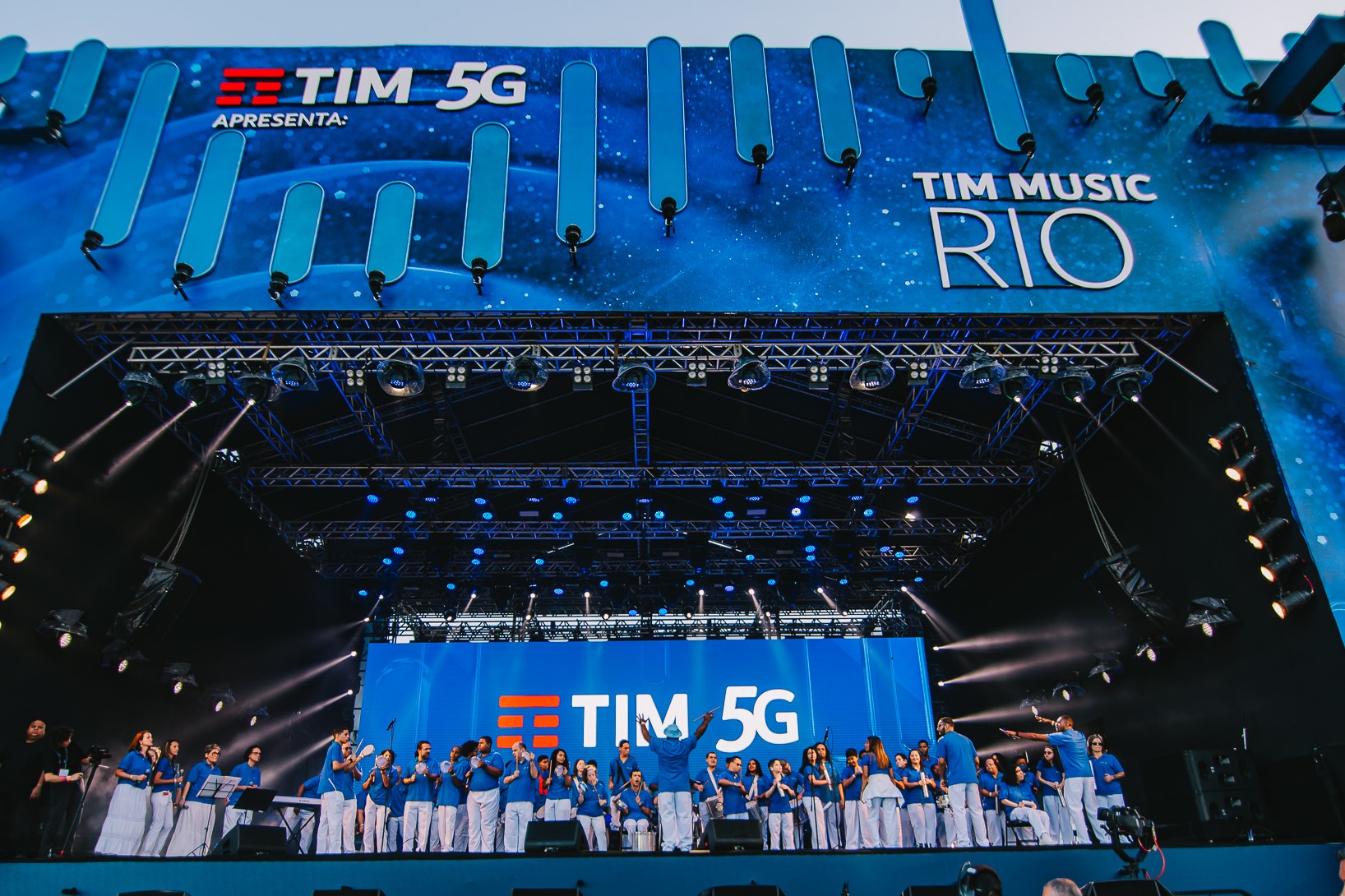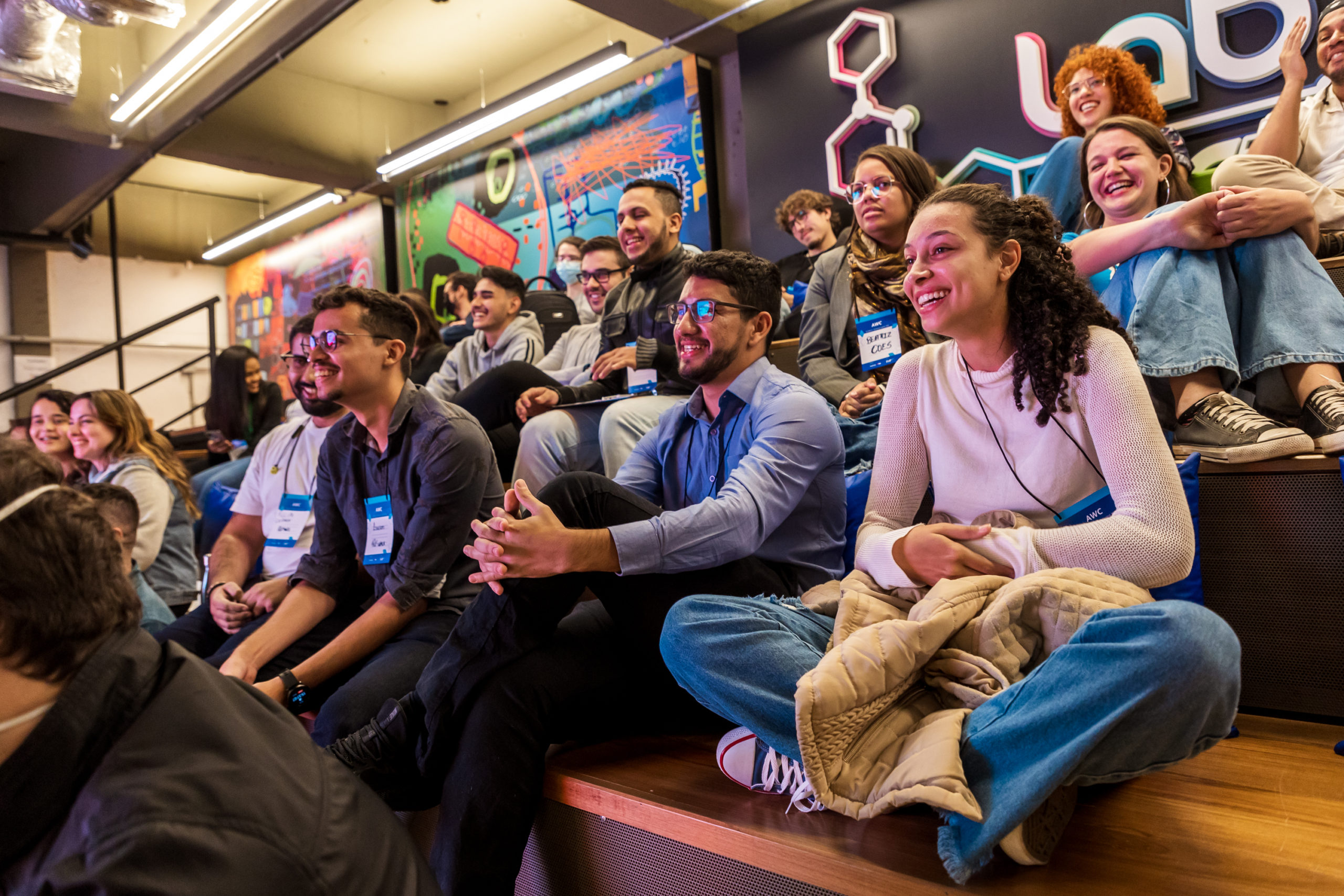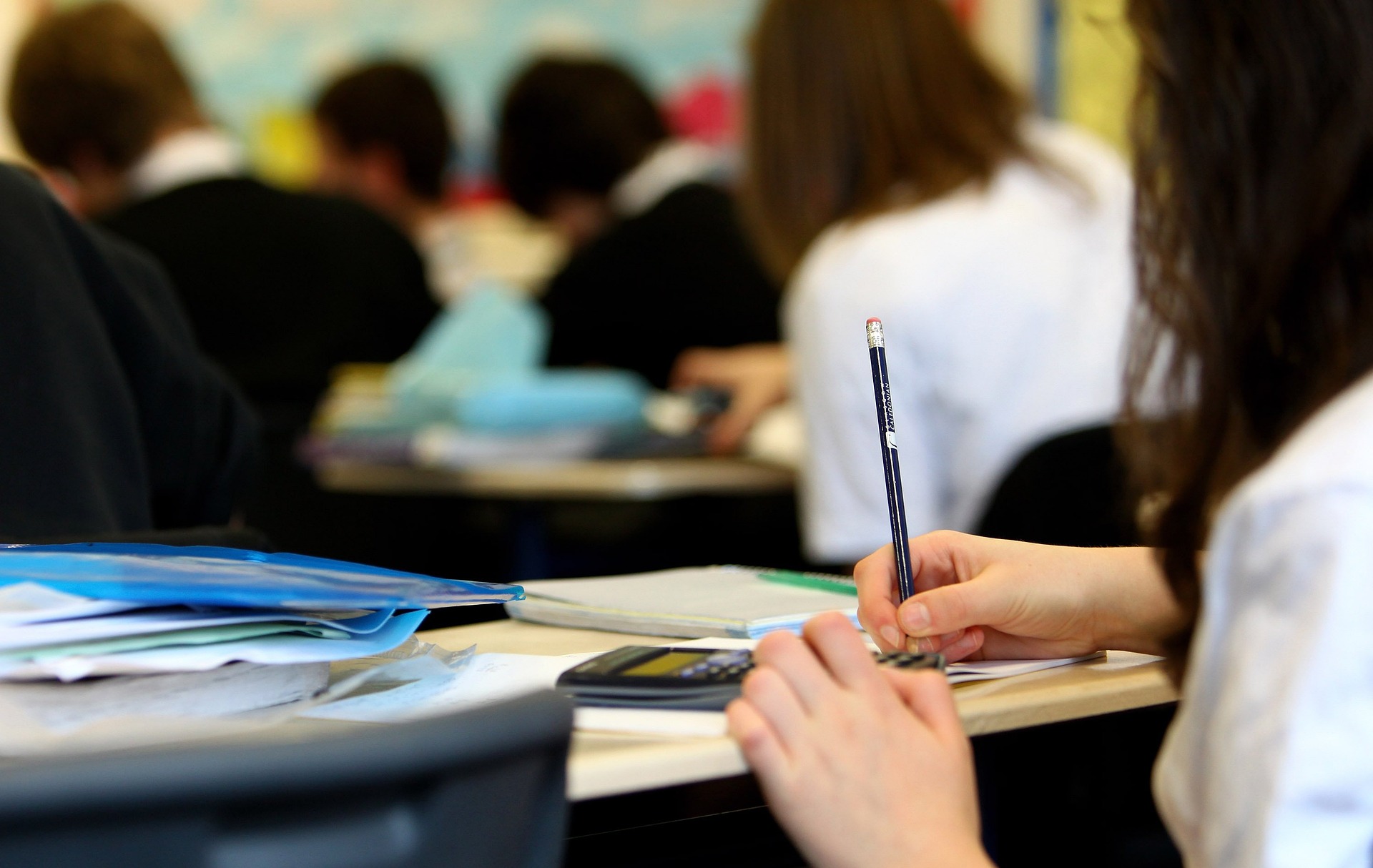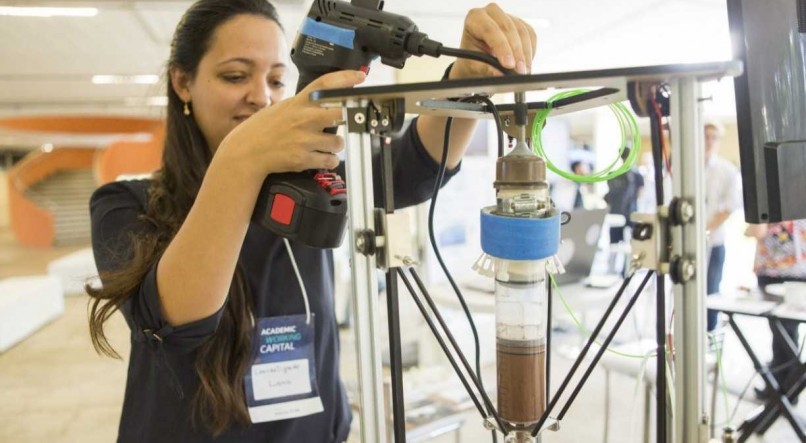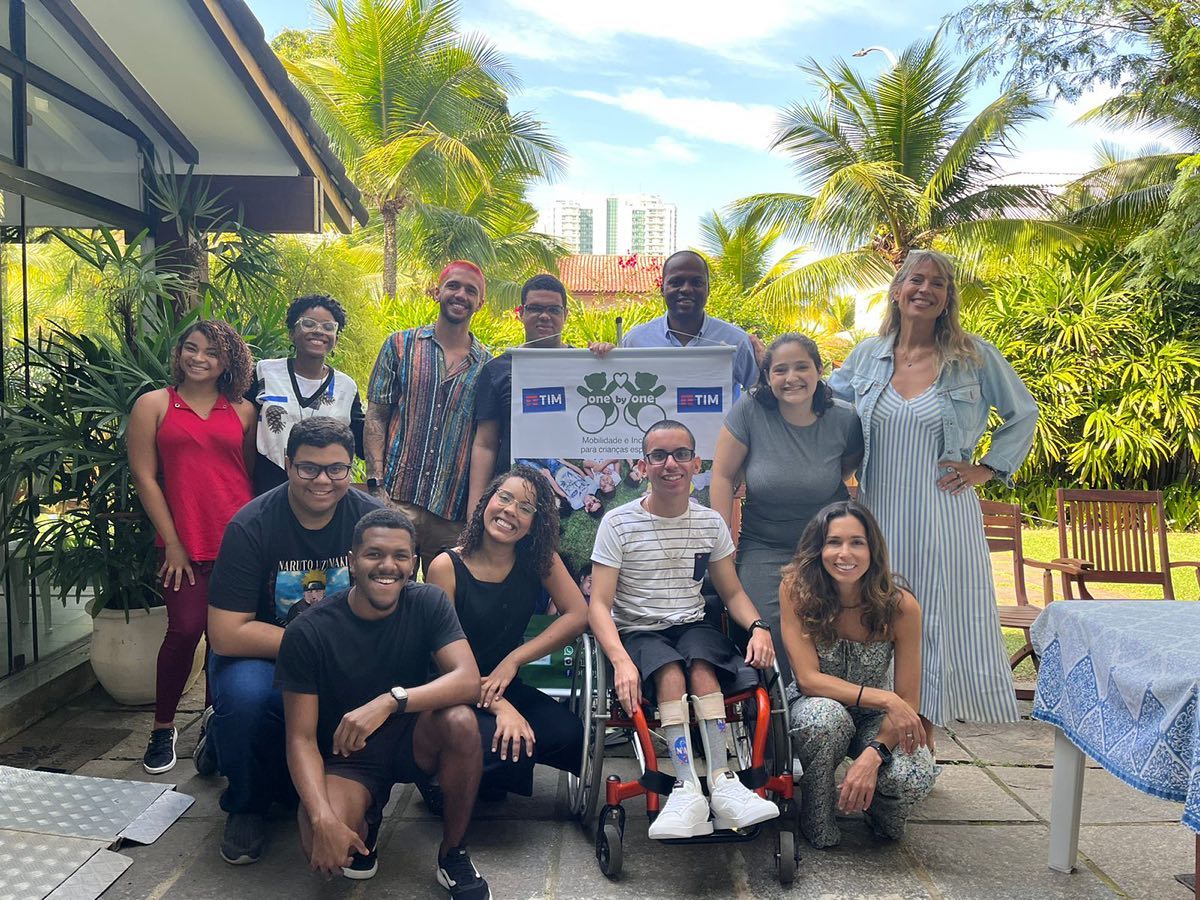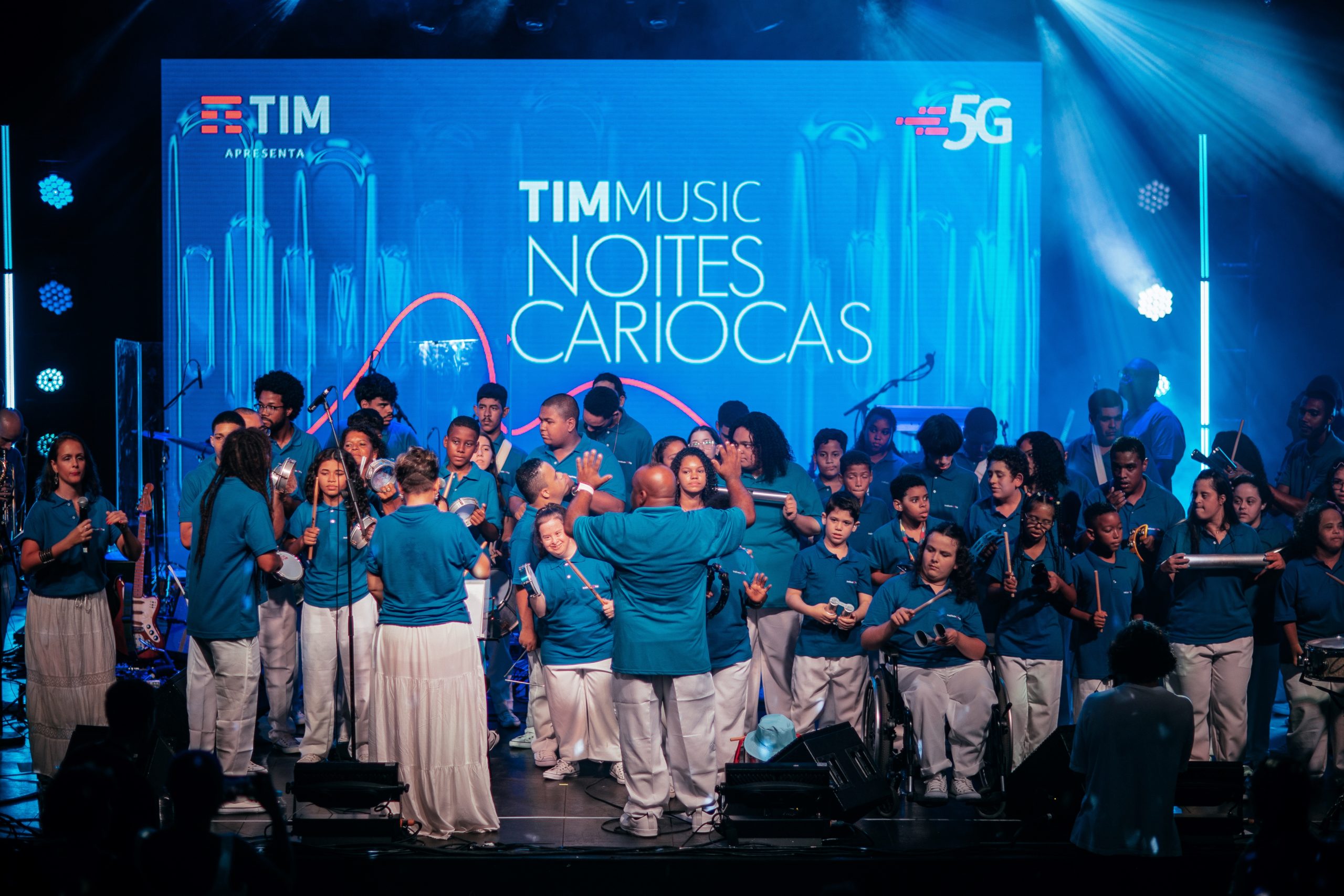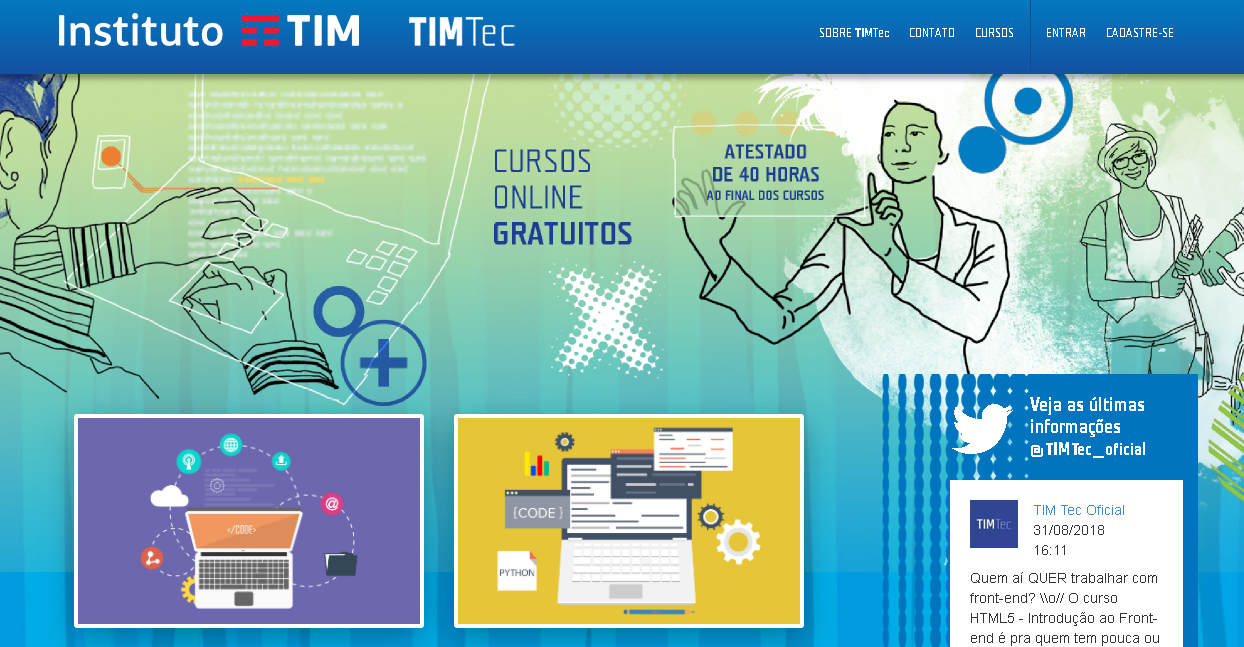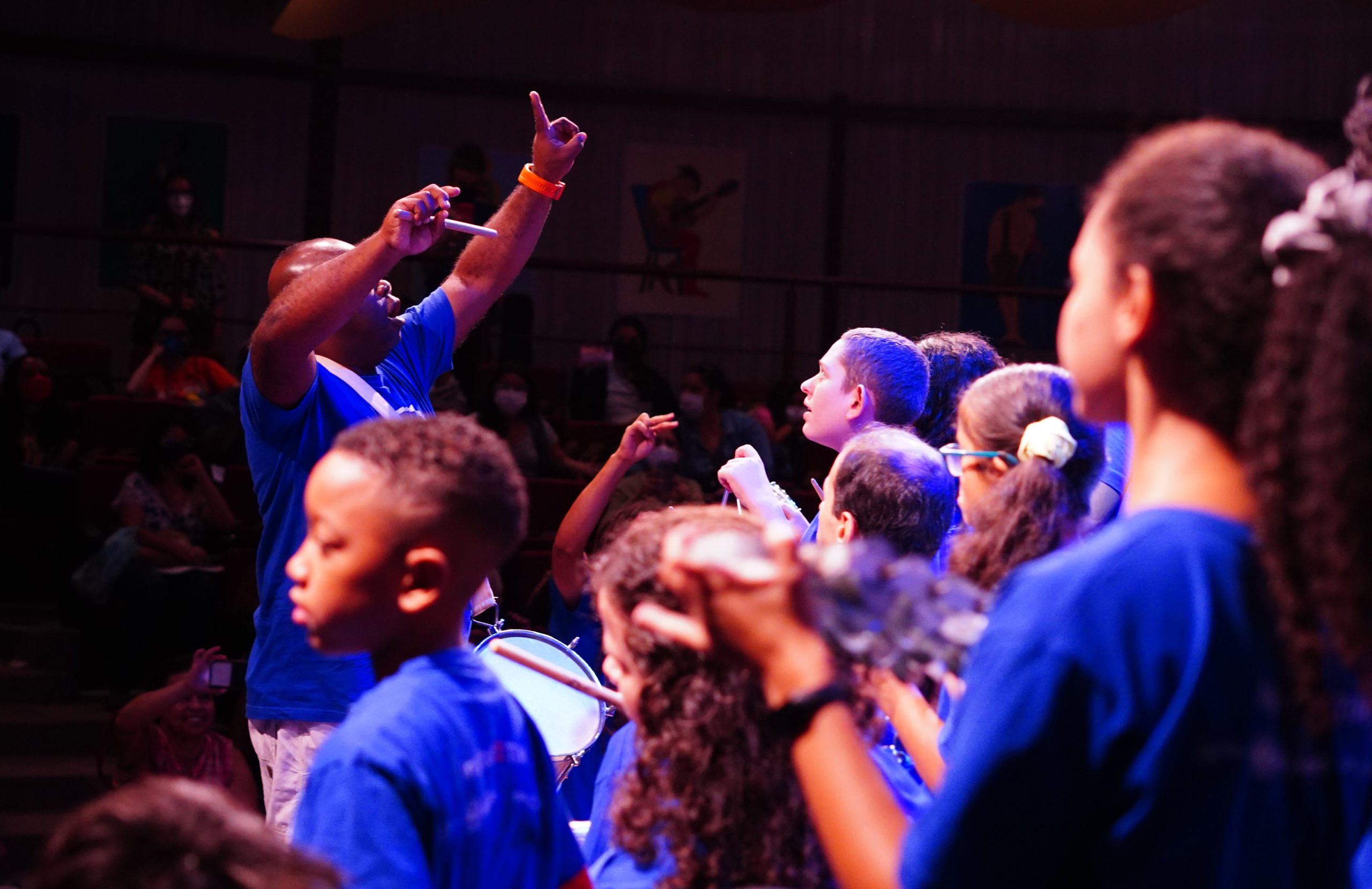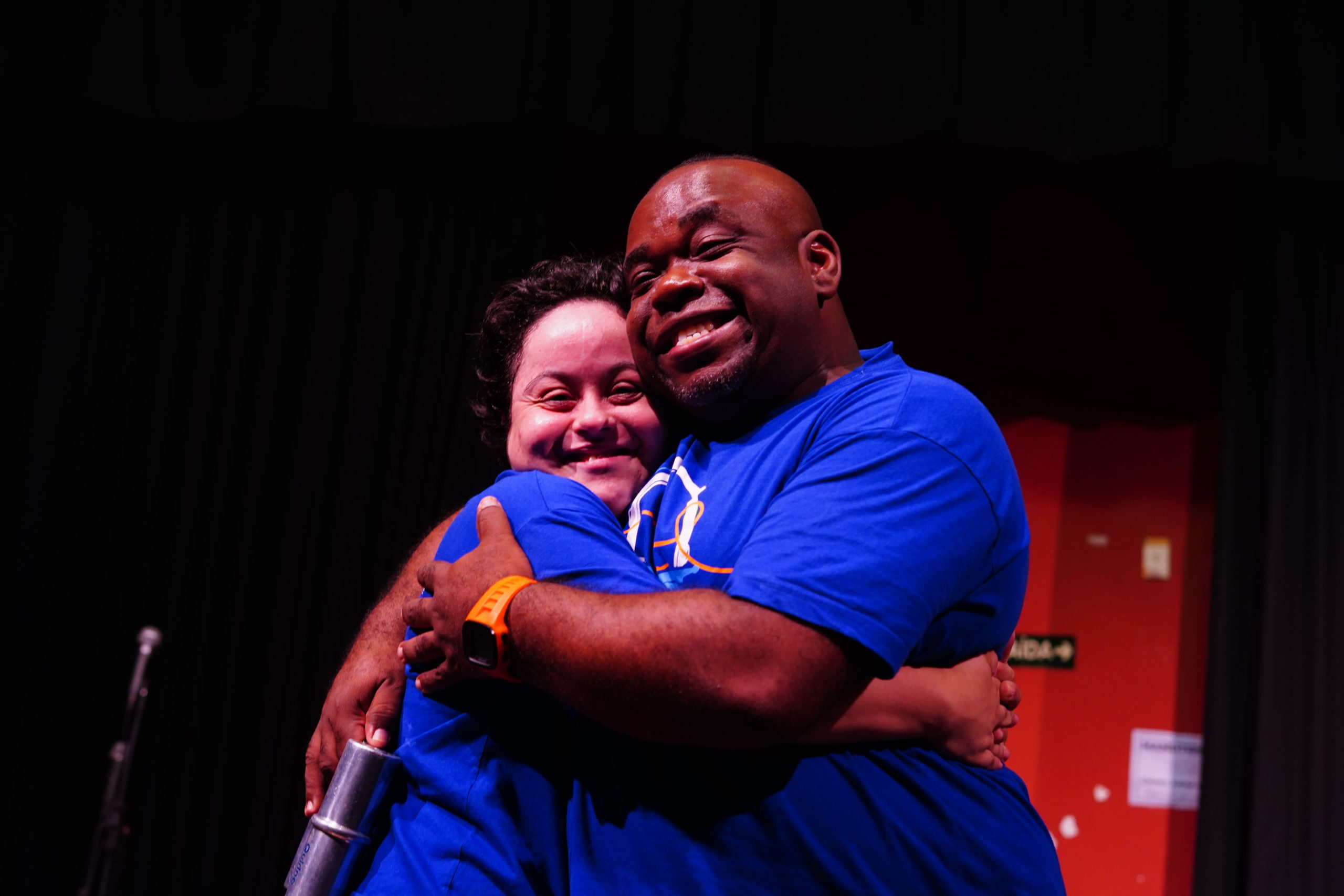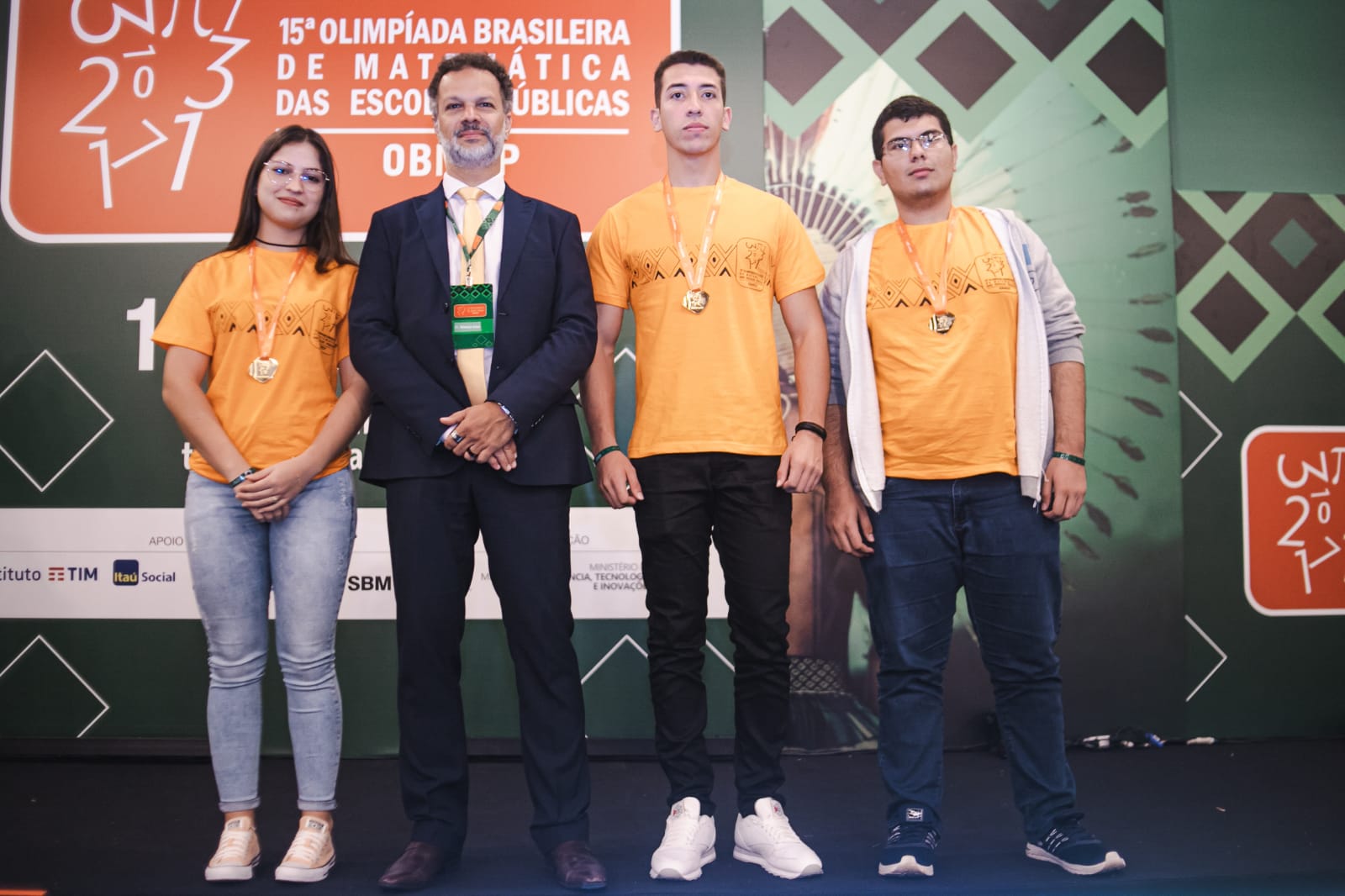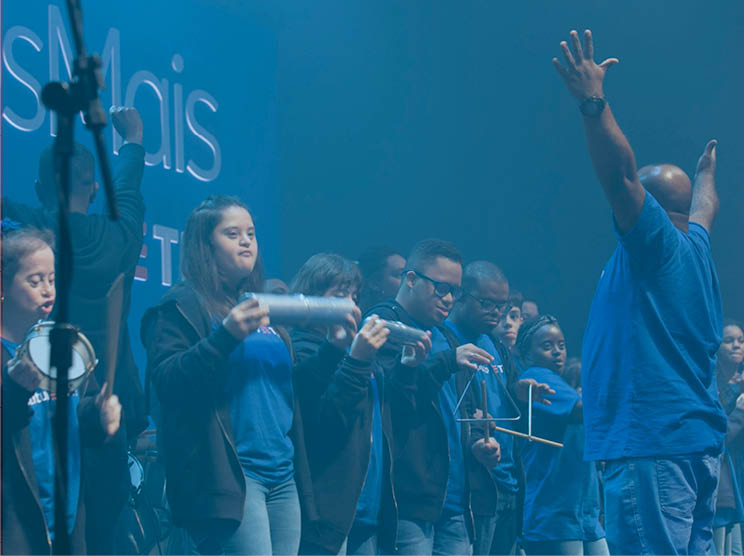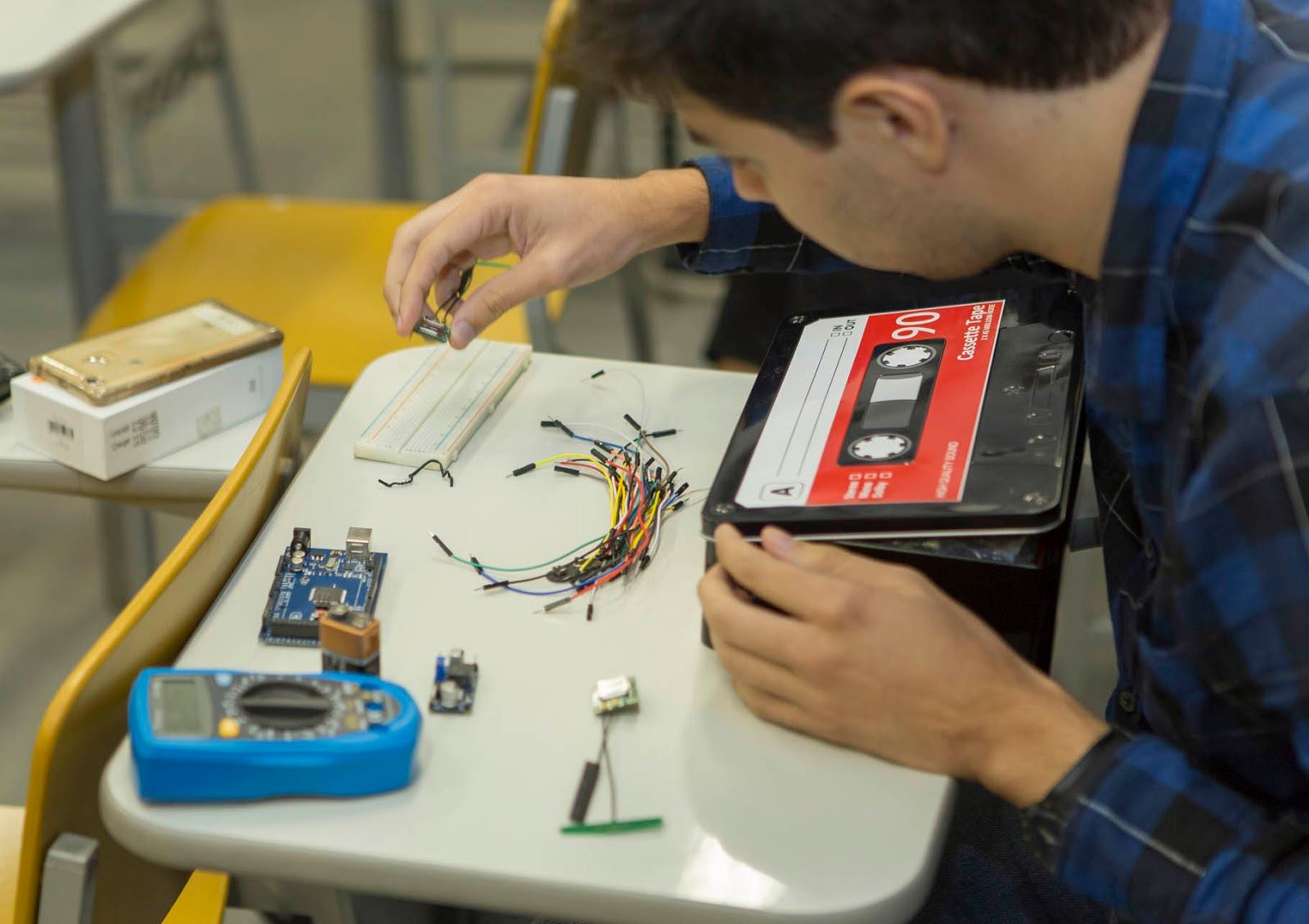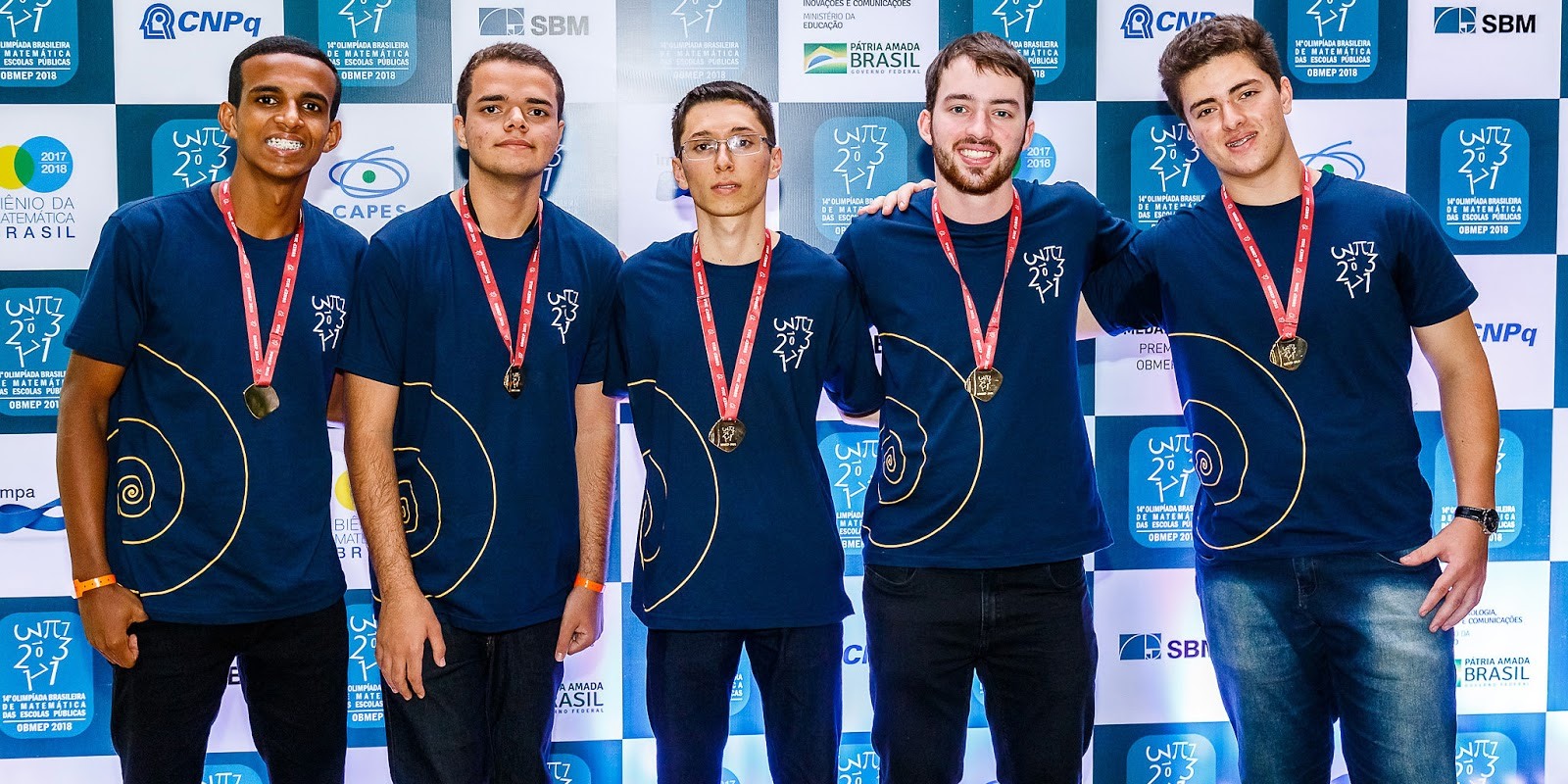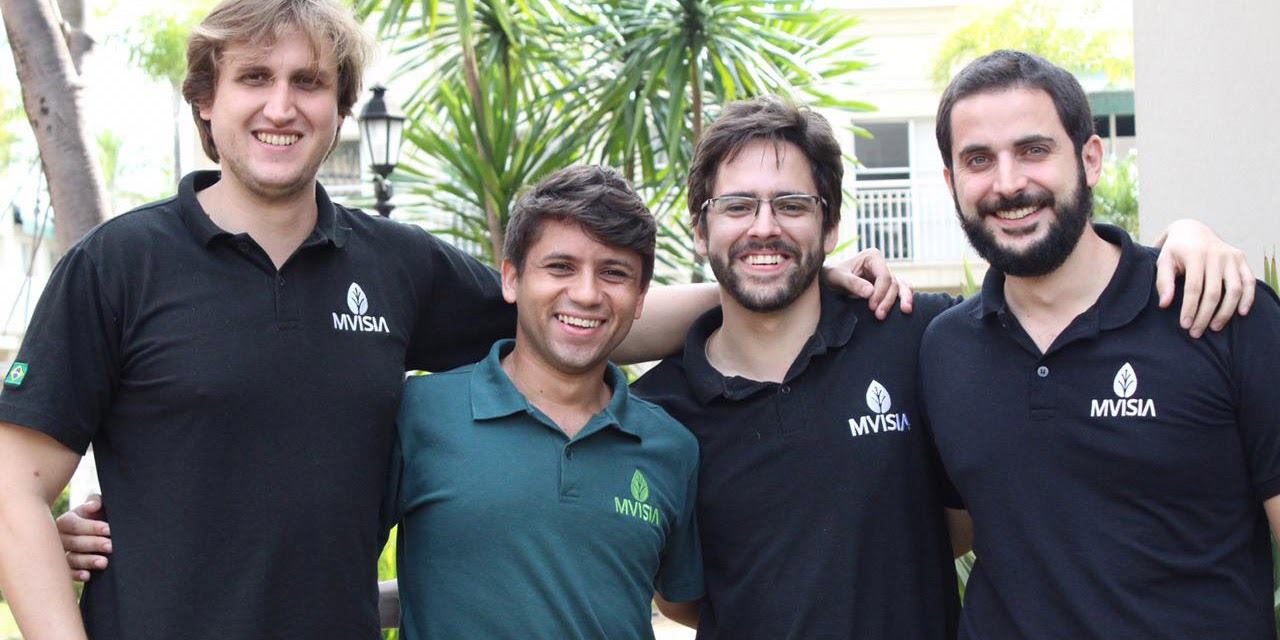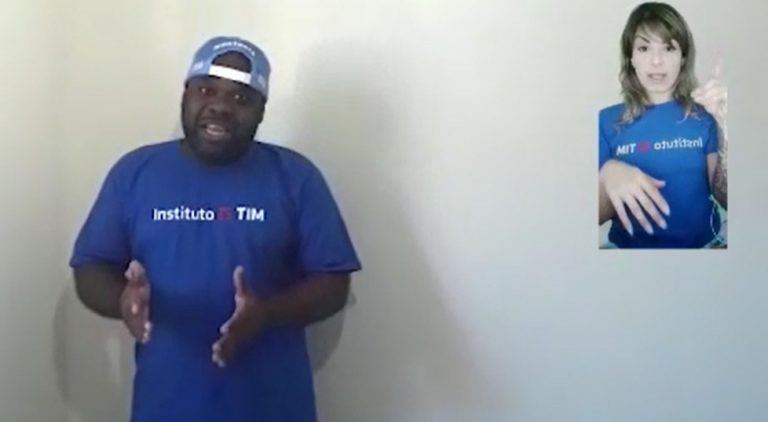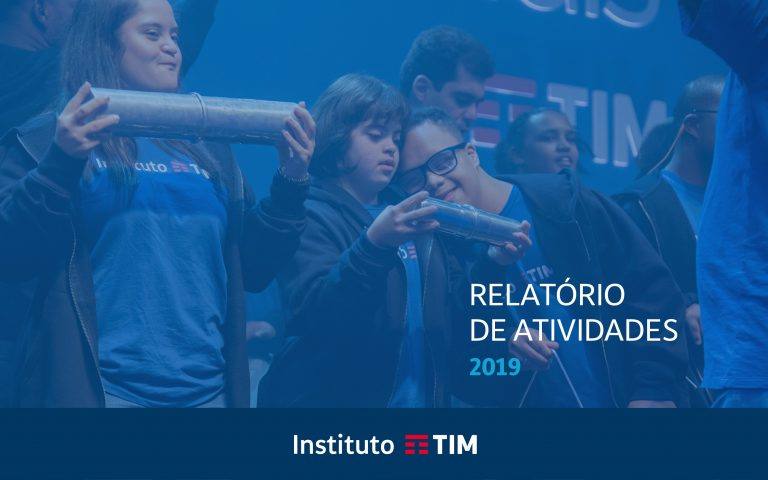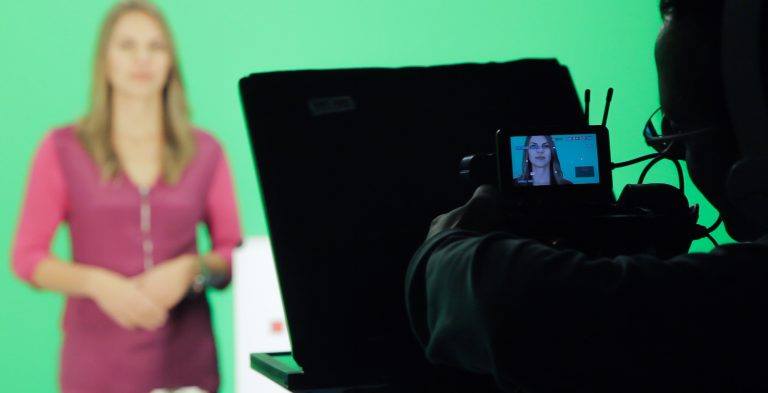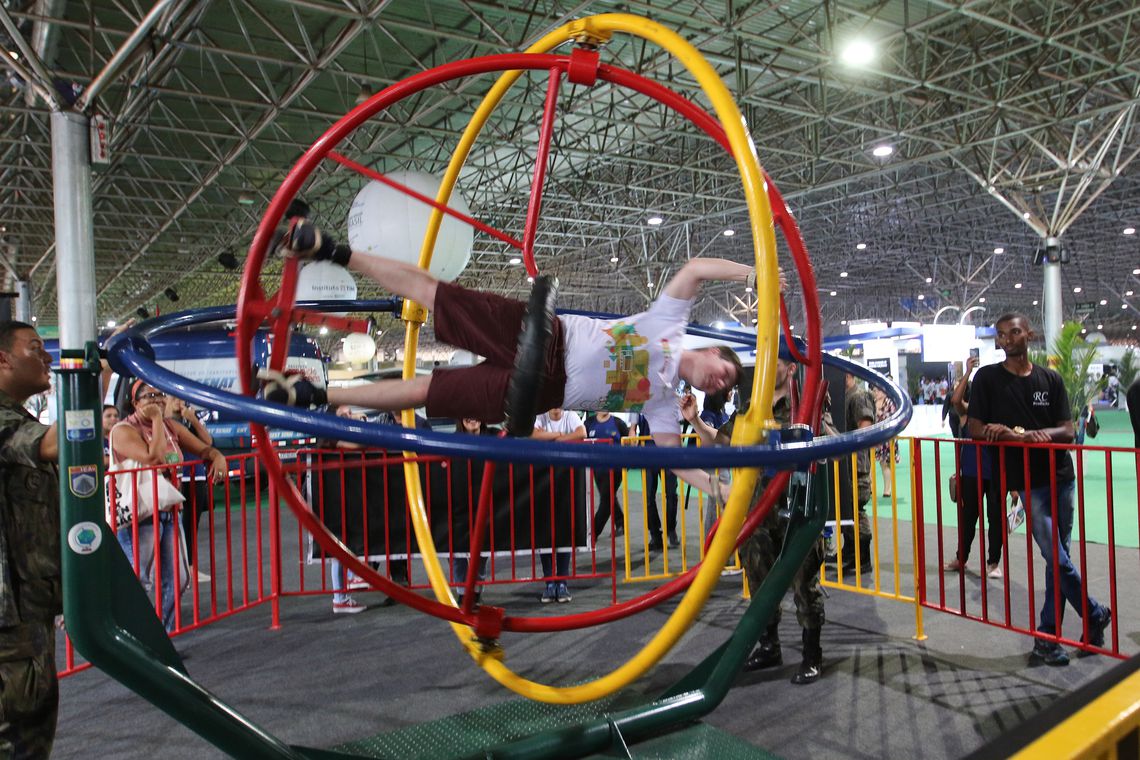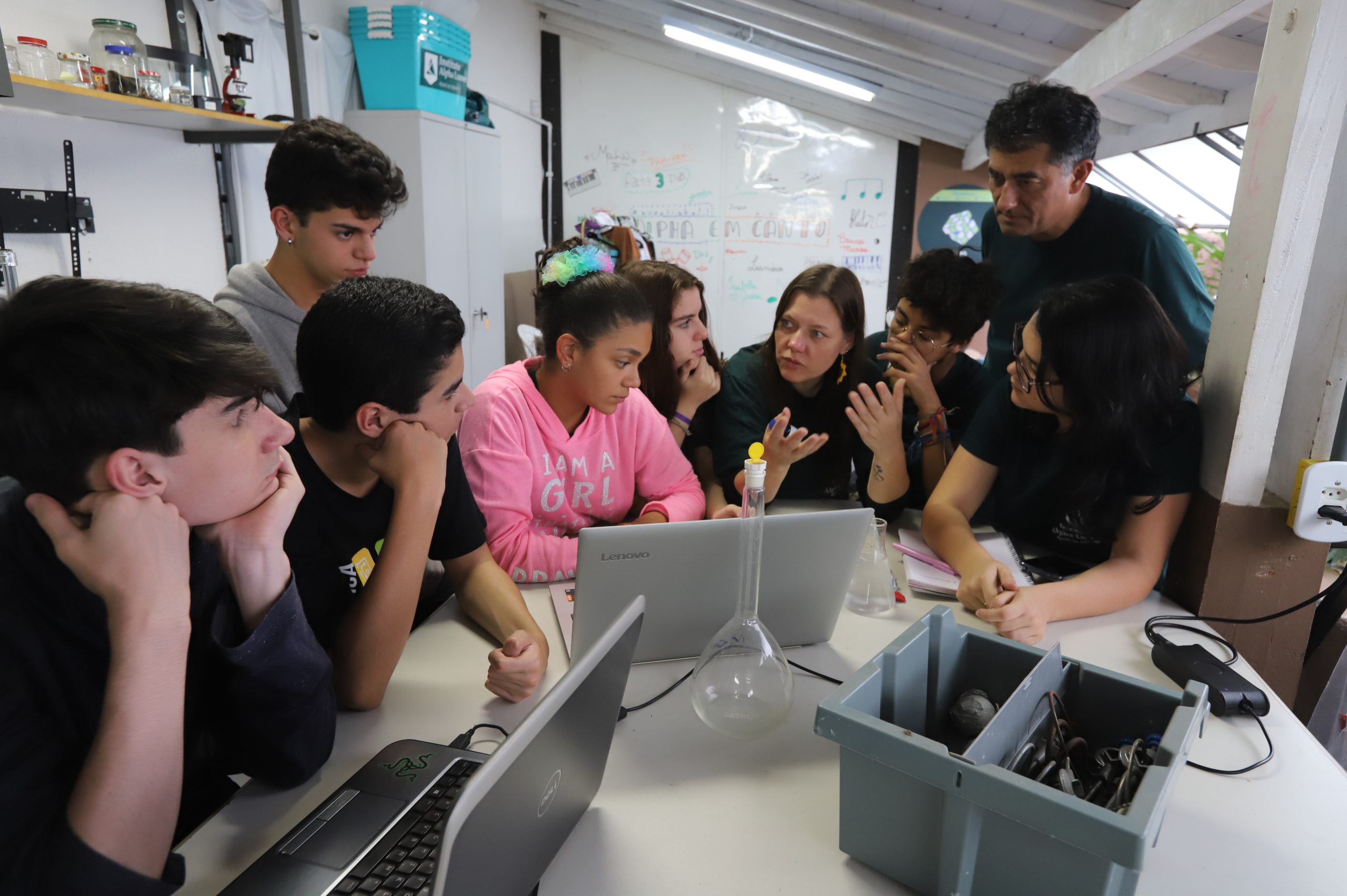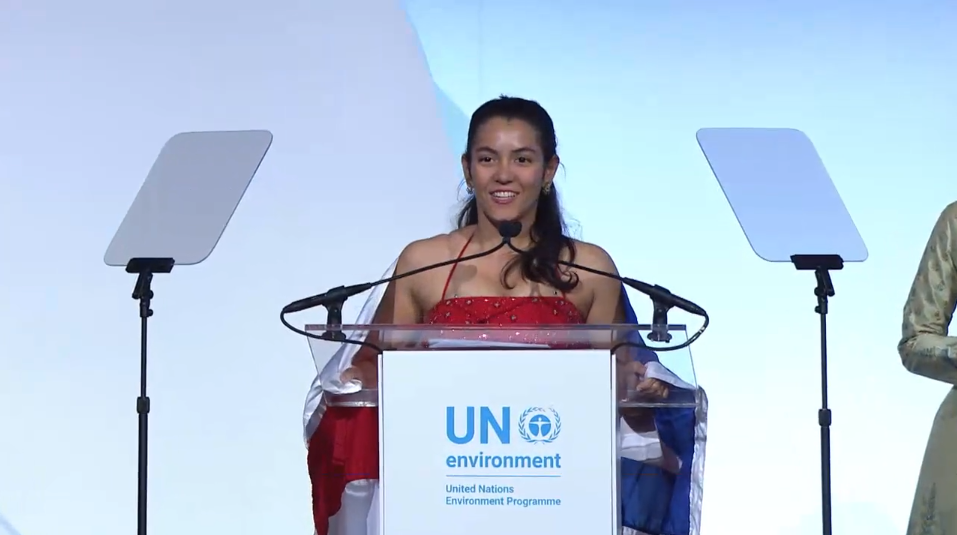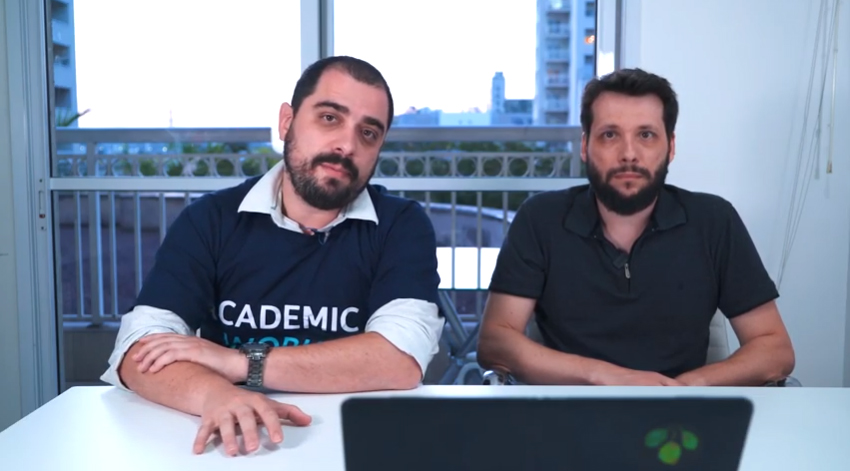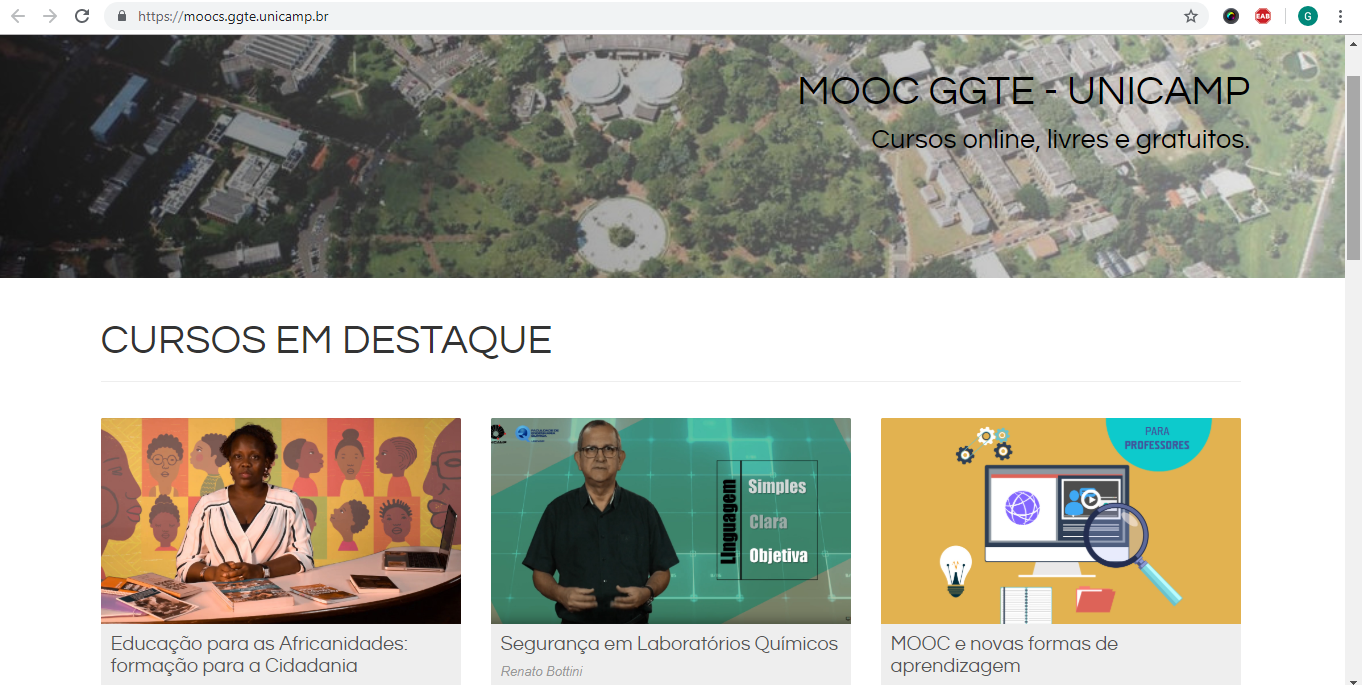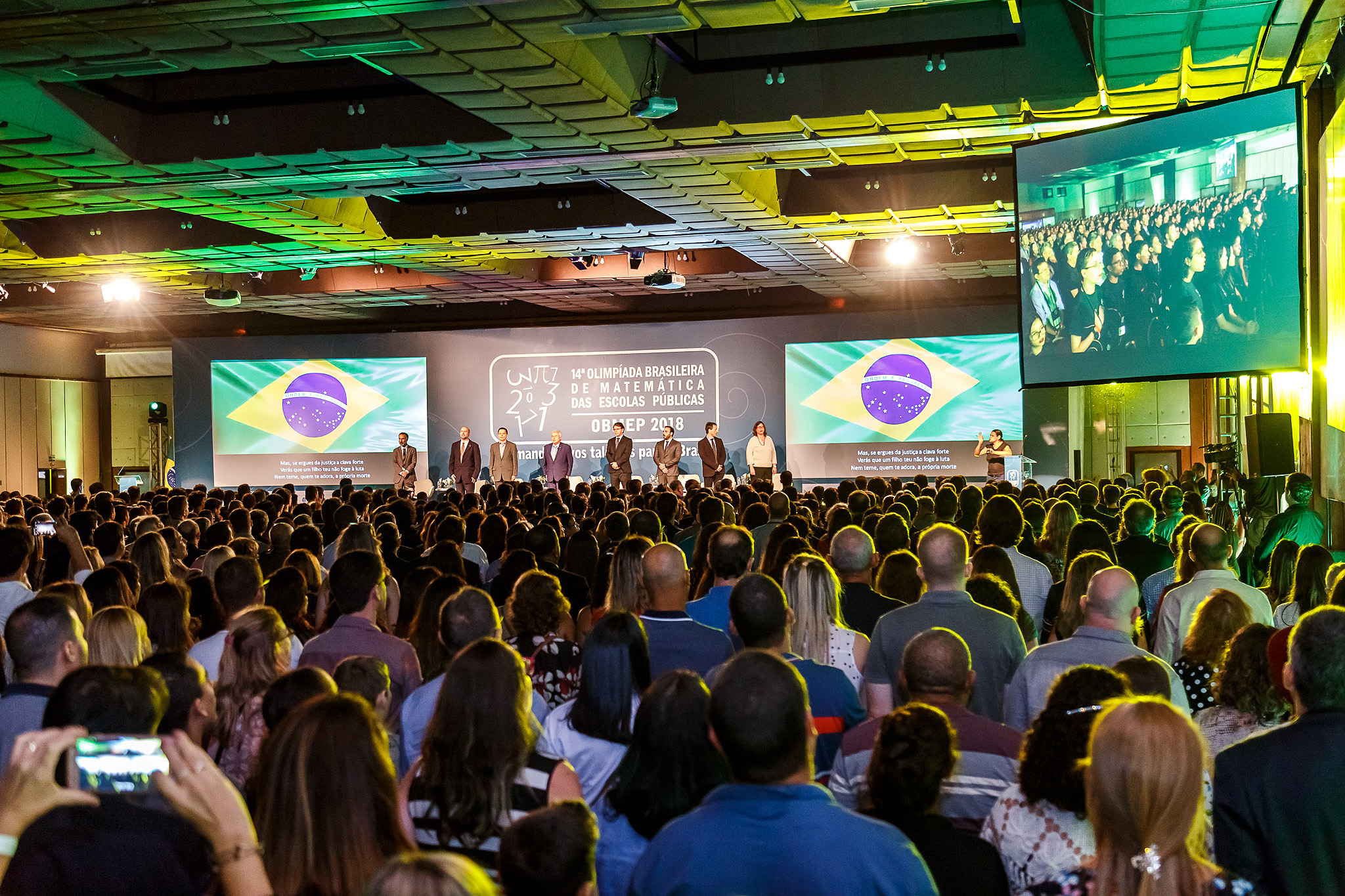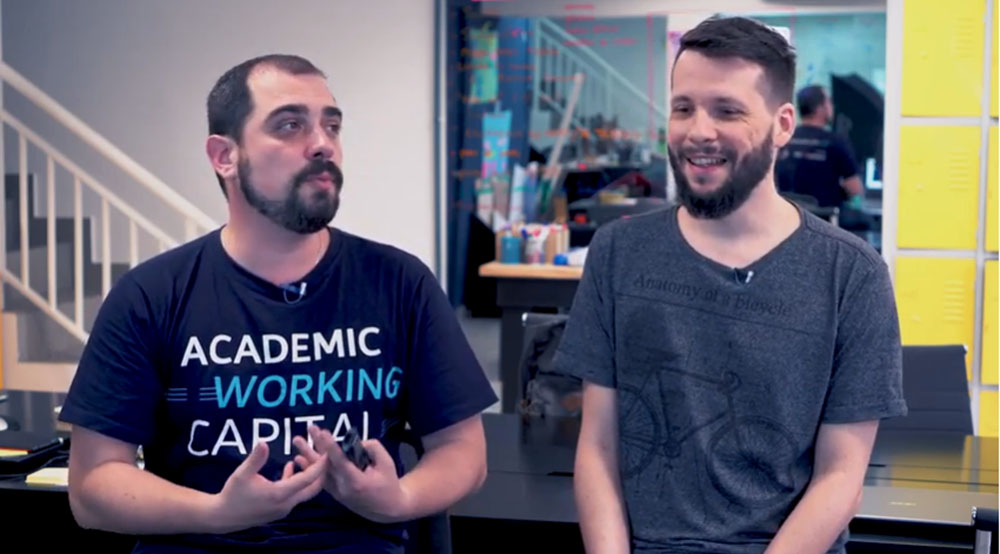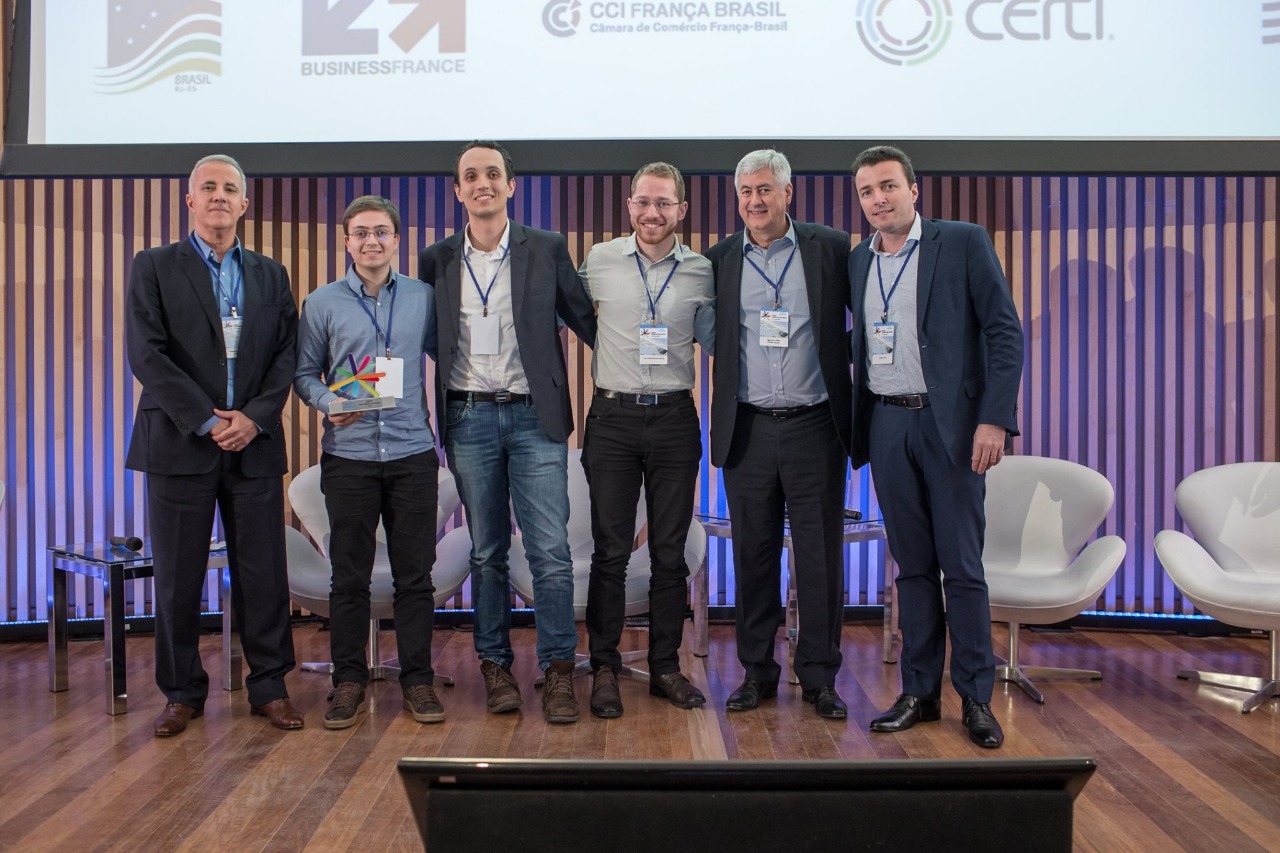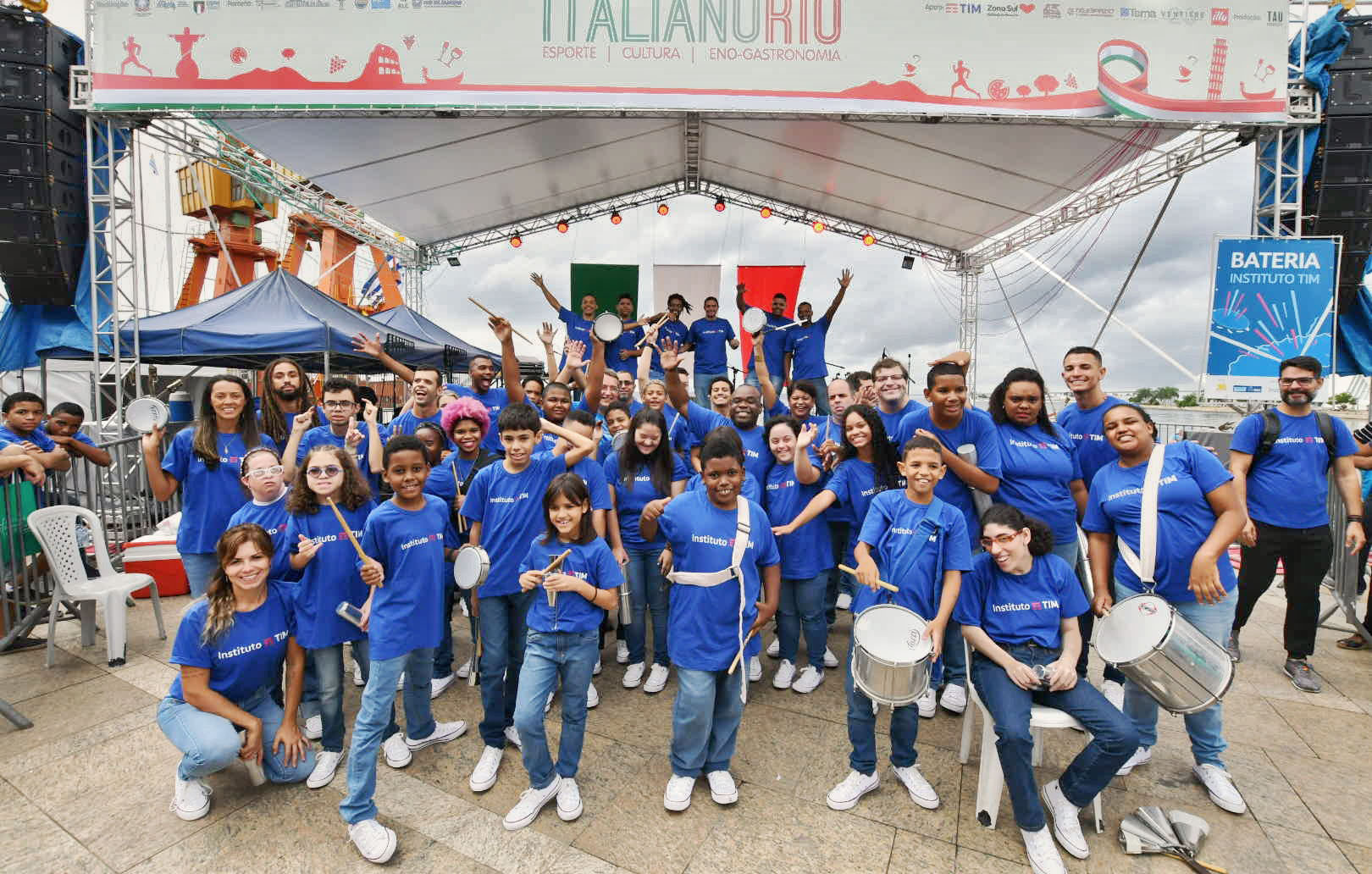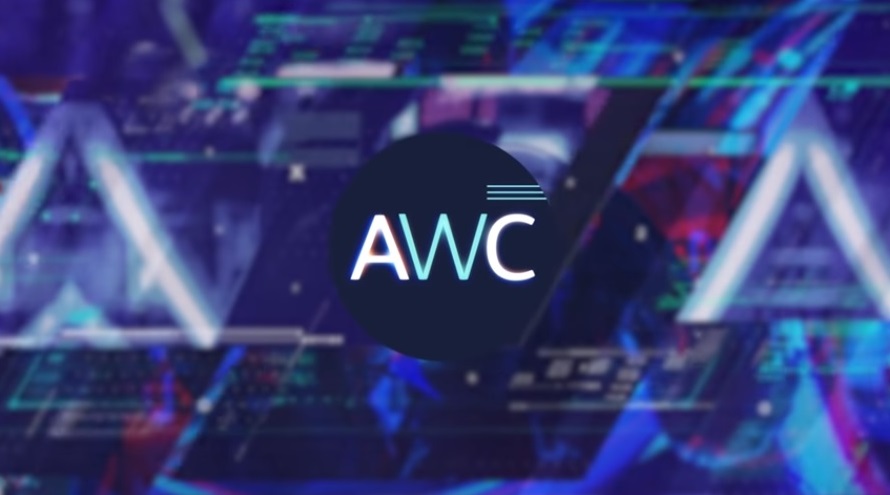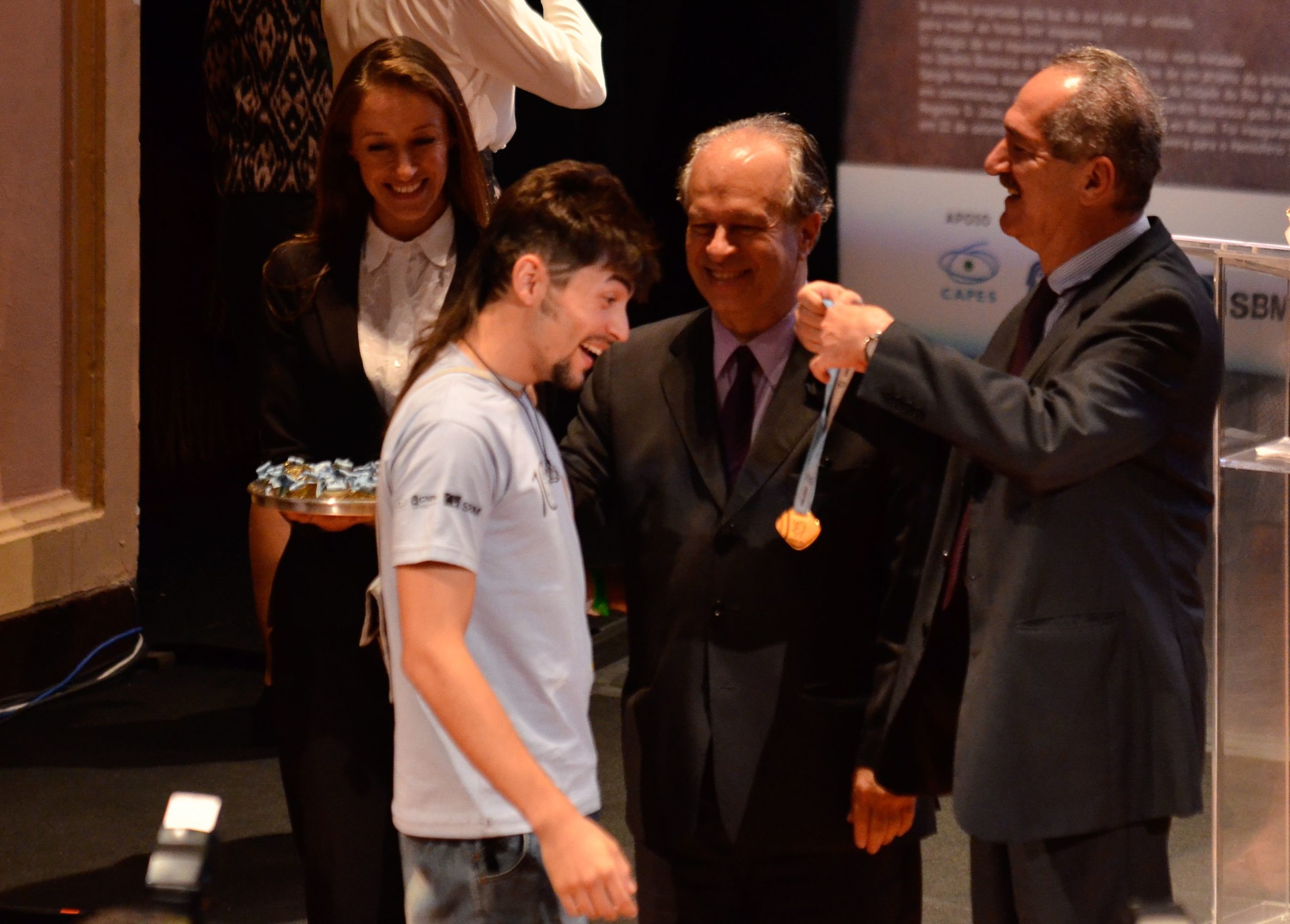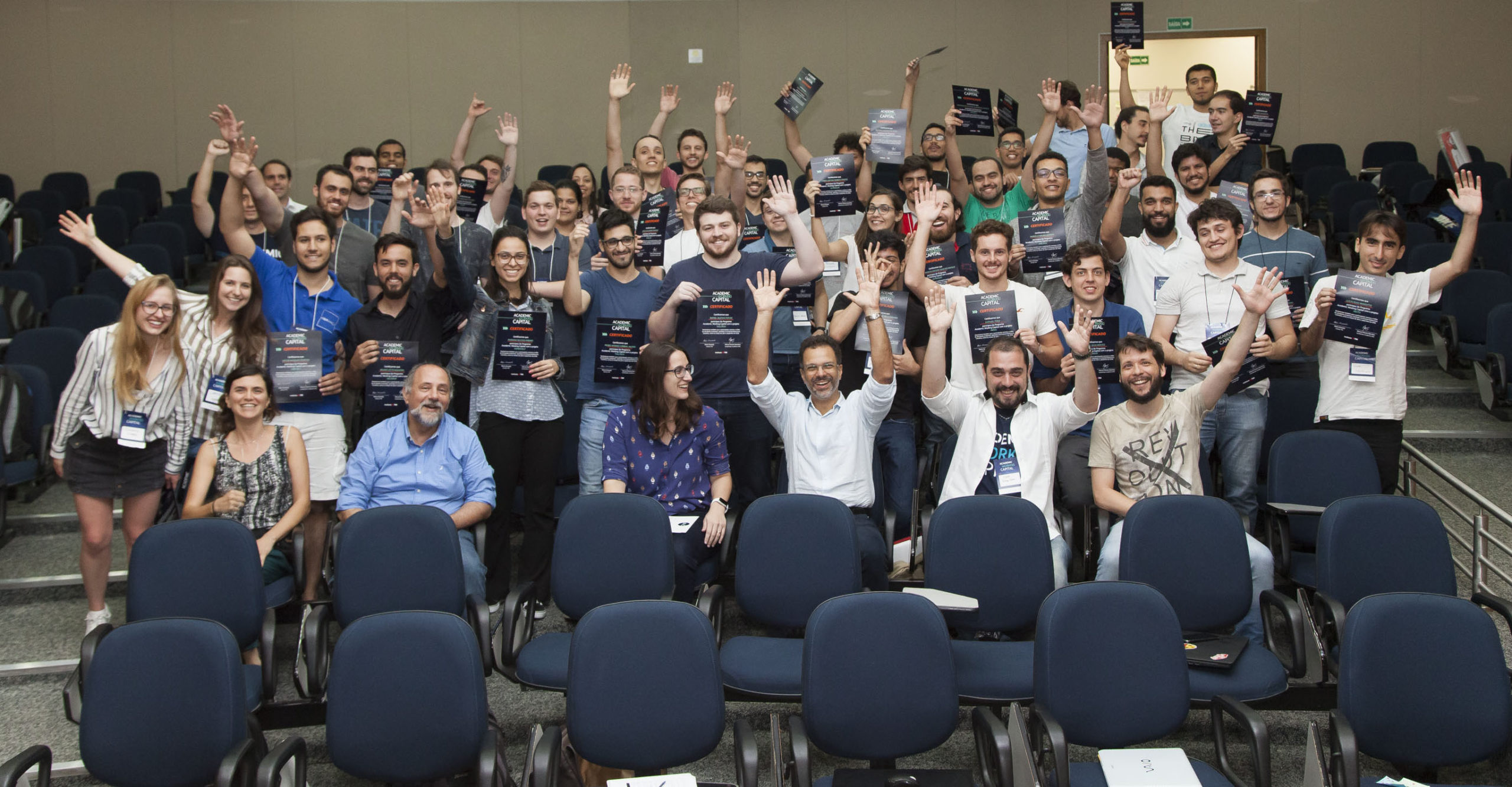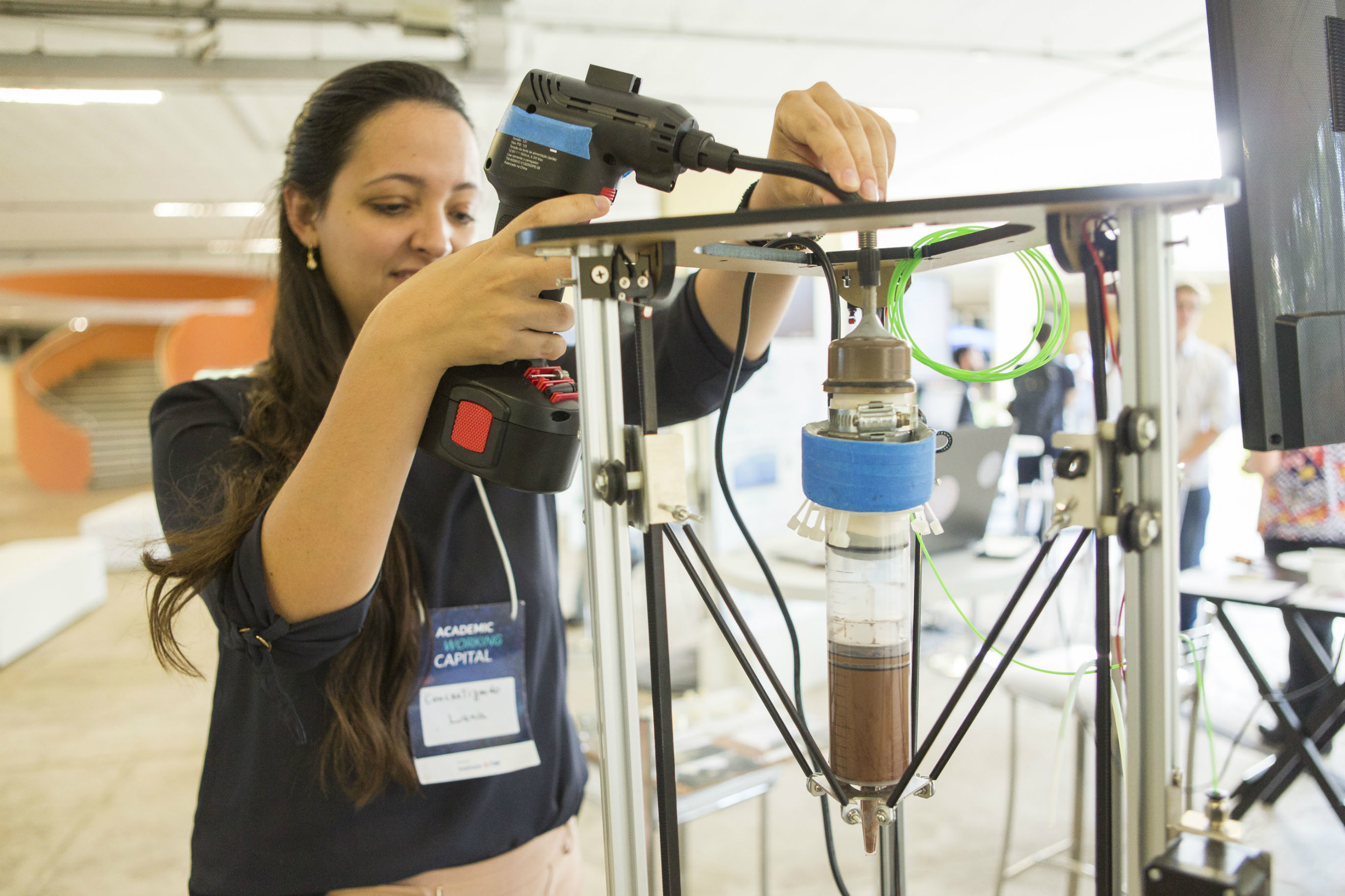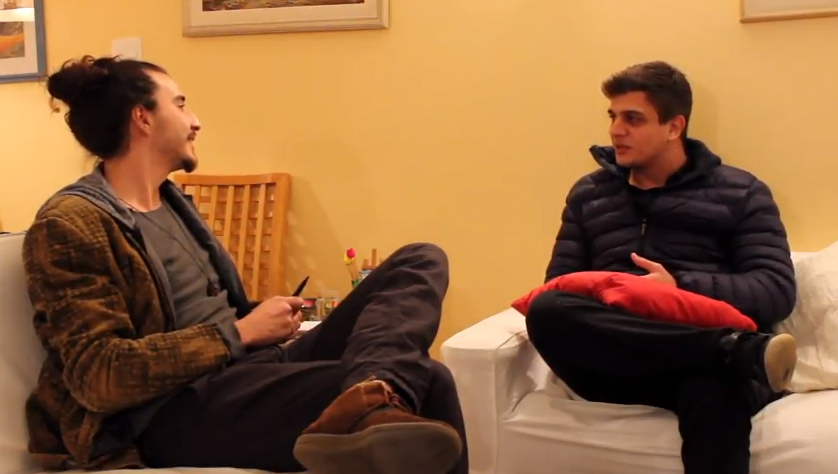
Continue investing in the current solution or start over again? And, from that decision, start the value proposition test or go back to the interviews phase? This was the idea that guided the activities of Online Interaction I – Deep Into Insight, held this Saturday, 07/21, a kind of small workshop that brought together participating groups from Academic Working Capital 2018. The event marked the change of phase, from the test of the problem to the test of the solution or proposal of value: from now on, the teams begin to validate in the market the prototypes of their products.
The first part of the day was dedicated to making decisions about whether to continue with the current solution or to restart the interview cycle (in entrepreneurial jargon, to pivot). “Today the forbidden word is ‘I think’,” joked the Professor of University of São Paulo and AWC academic coordinator, Marcos Barretto. “You went to the field, interviewed your users and now it’s time to defend, with facts and figures, the decision to keep or pivot”, explained the content coordinator Diogo Dutra. In the online rooms, each team presented the reasons for the decision, with cost and return estimates, market data and information on the current stage of the solution.

For those who have decided to stay on the current path, the next phase is validation through experiments – the creation of the Minimum Viable Product (MVP) and the hypothesis tests. In the first talk of the day, Coach Artur Vilas Boas recalled the dot-com bubble to argue that arrogance is expensive, and show the importance of first discovering the client, then validating the solution, developing it and then moving on to a company structure. The learning experiment, or MVP, serves to understand if the market will adhere to the product with the least possible labor. “MVP is for you to measure this level of effort or resources spend to validate the solution”, he said.
With examples of well-known startups – EasyTaxi, Scipopulis, Village Laundry Service and Lean Survey –, Artur spoke of simple, not very laborious experiments that allow the validation of hypotheses. “This experiment mentality is behind many high-impact entrepreneurs”. The task of the groups after the lecture was to think of five minimum experiments that could be done in 24 hours to validate the market’s adherence.
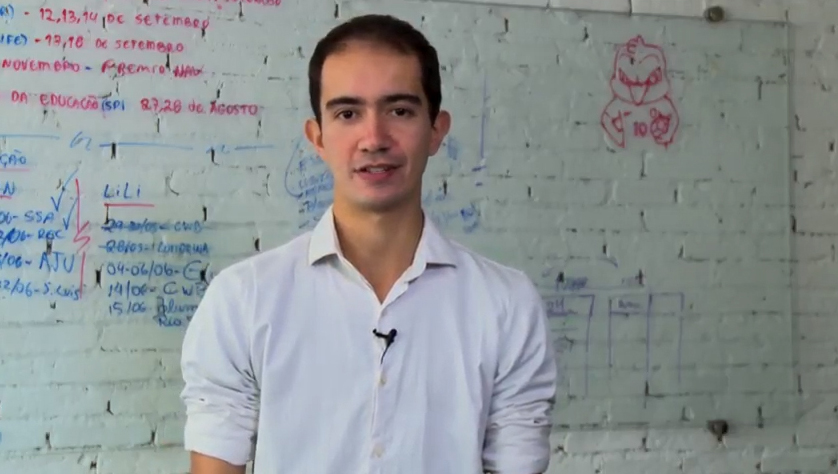
The second lecture was given by Diogo, who showed the tools and routines that will guide the groups in the next phase. “At the end of this cycle of experiments, you have to get early adopters, the guy who can test, spend energy using the platform, give you feedback, and first customers willing to pay”, he said. With examples from previous editions of AWC – Road Labs, E-sporte and Mvisia –, Diogo presented the concepts of the napkin prototype (very simple, it can be just a presentation), of low fidelity (with some technology but fast elaboration) and critical function (operational, designed and with all minimum functionalities).
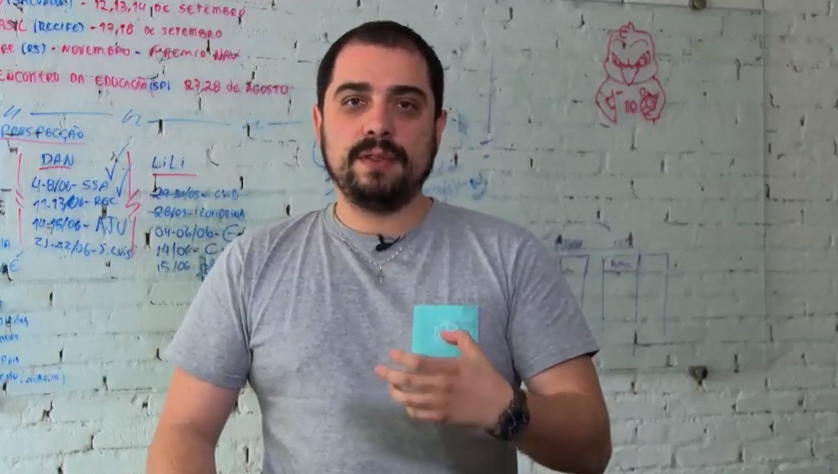
Finally, the engineer Pedro Fornari, from AWC 2017’s startup Road Labs, who provides technology and management solutions for road maintenance, spoke about his experience with the program. He explained that the team continues to do interviews to discover new demands and that they have visited clients frequently to identify opportunities. He also commented on the first sale, which they got with a napkin prototype. “It was really out of a sudden. We went there to do an interview and the guys said ‘when can you give me that?’ We came home and said, ‘I think he closed a sale there, we’re going to have to deliver something now’“, he joked.
The next meeting that will gather all the groups will be Workshop II, in person, on 18 and 08/19, focusing on prototyping. By then, the teams must have performed ten napkin experiments and ten other low-fidelity experiments.
